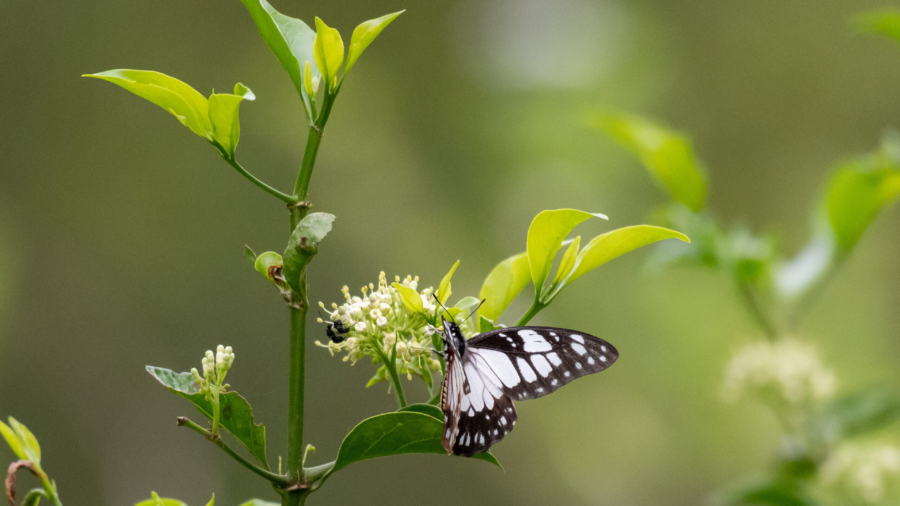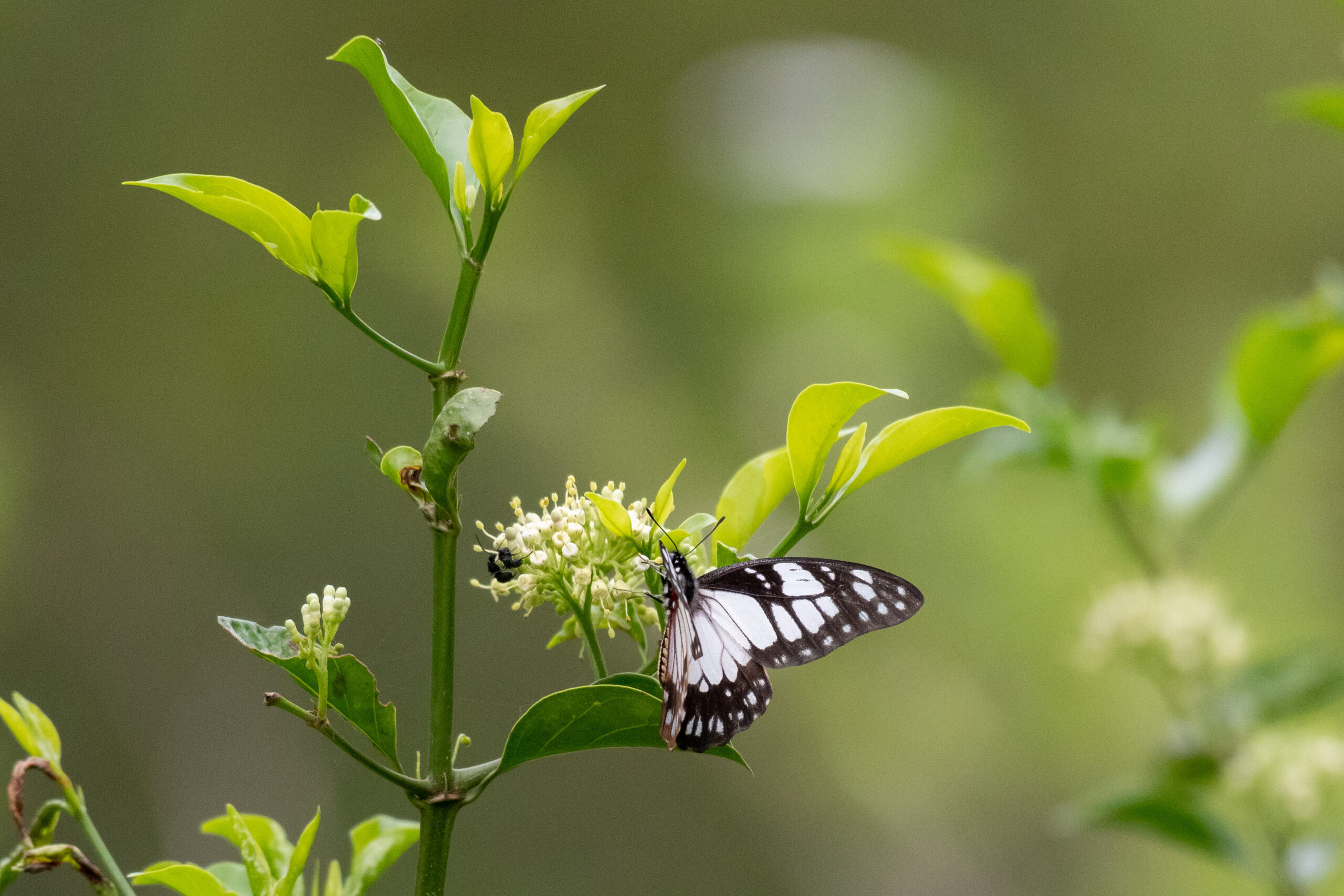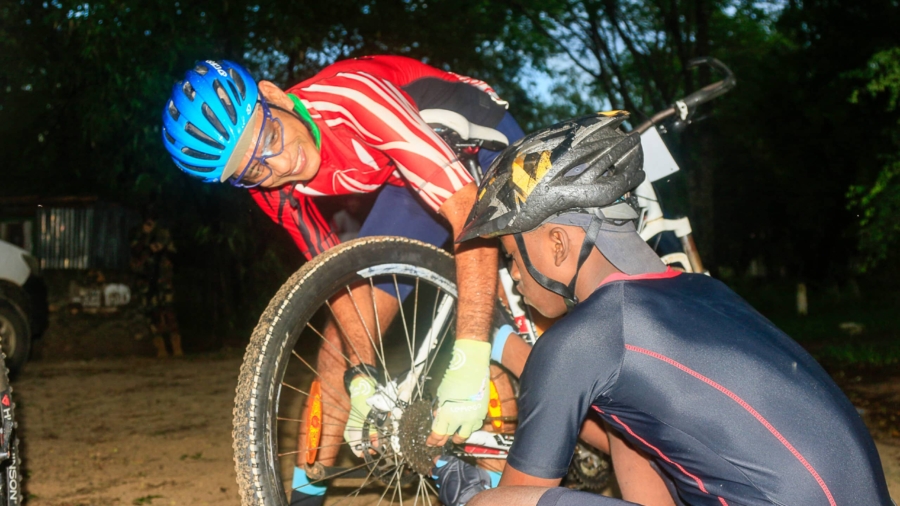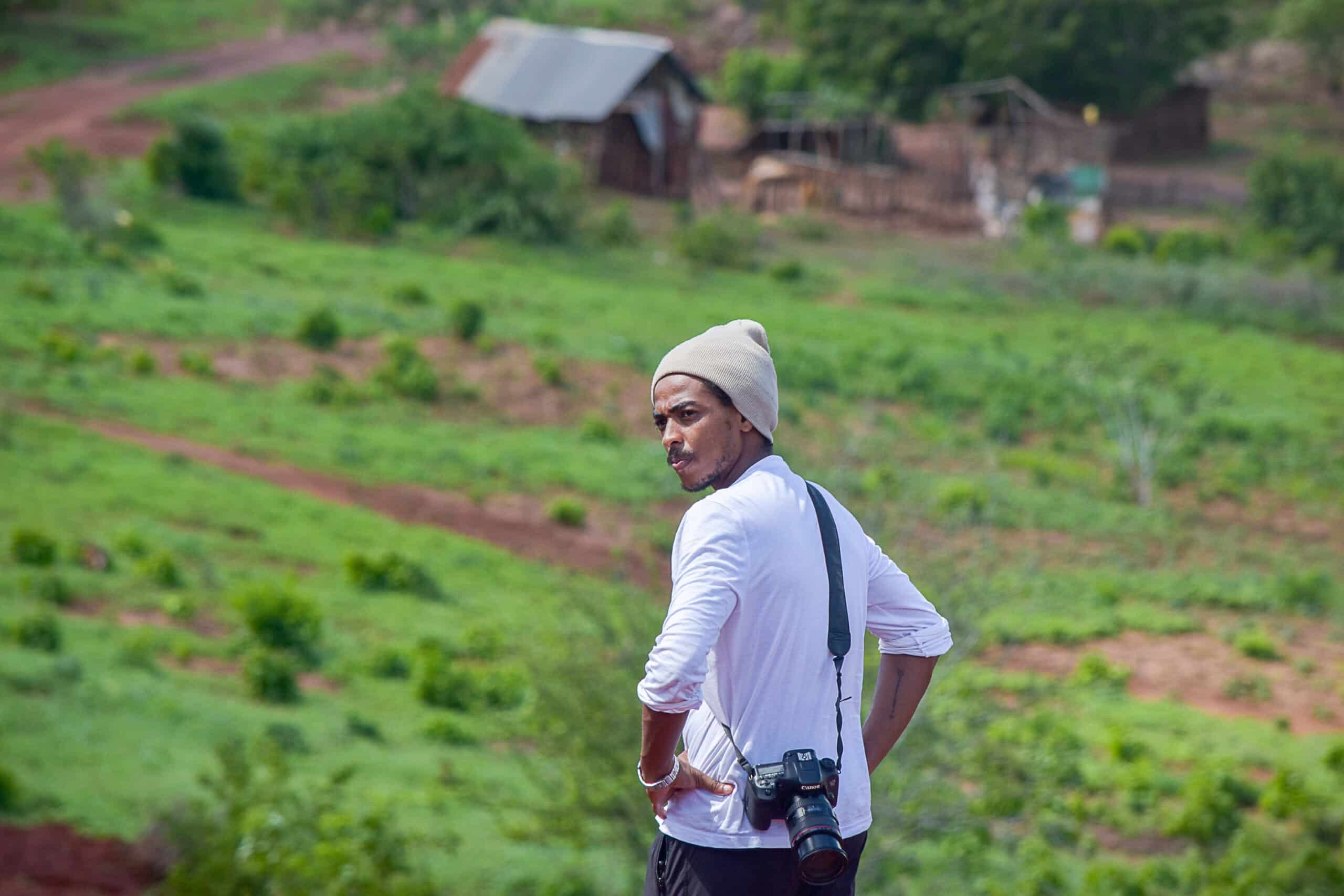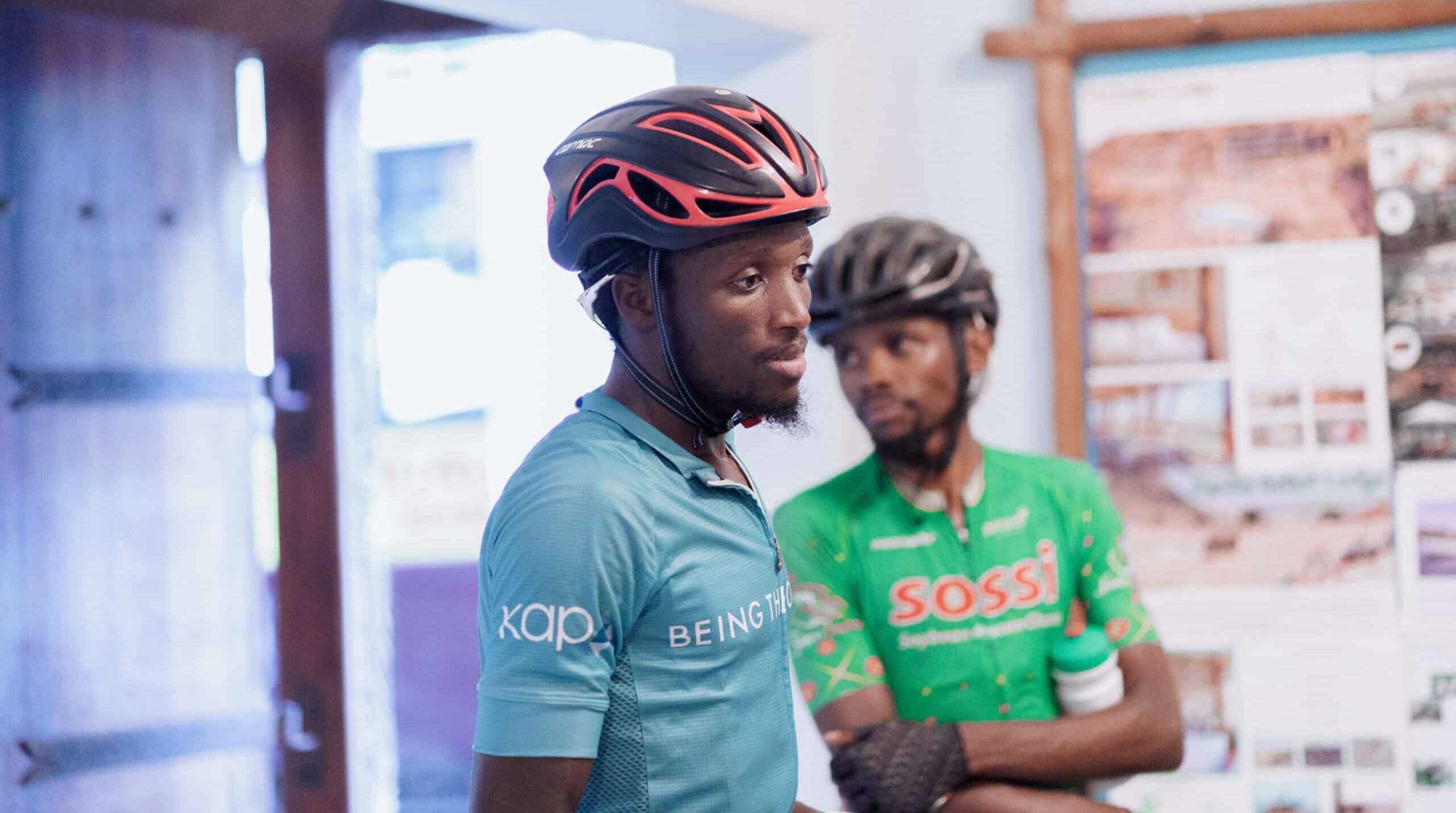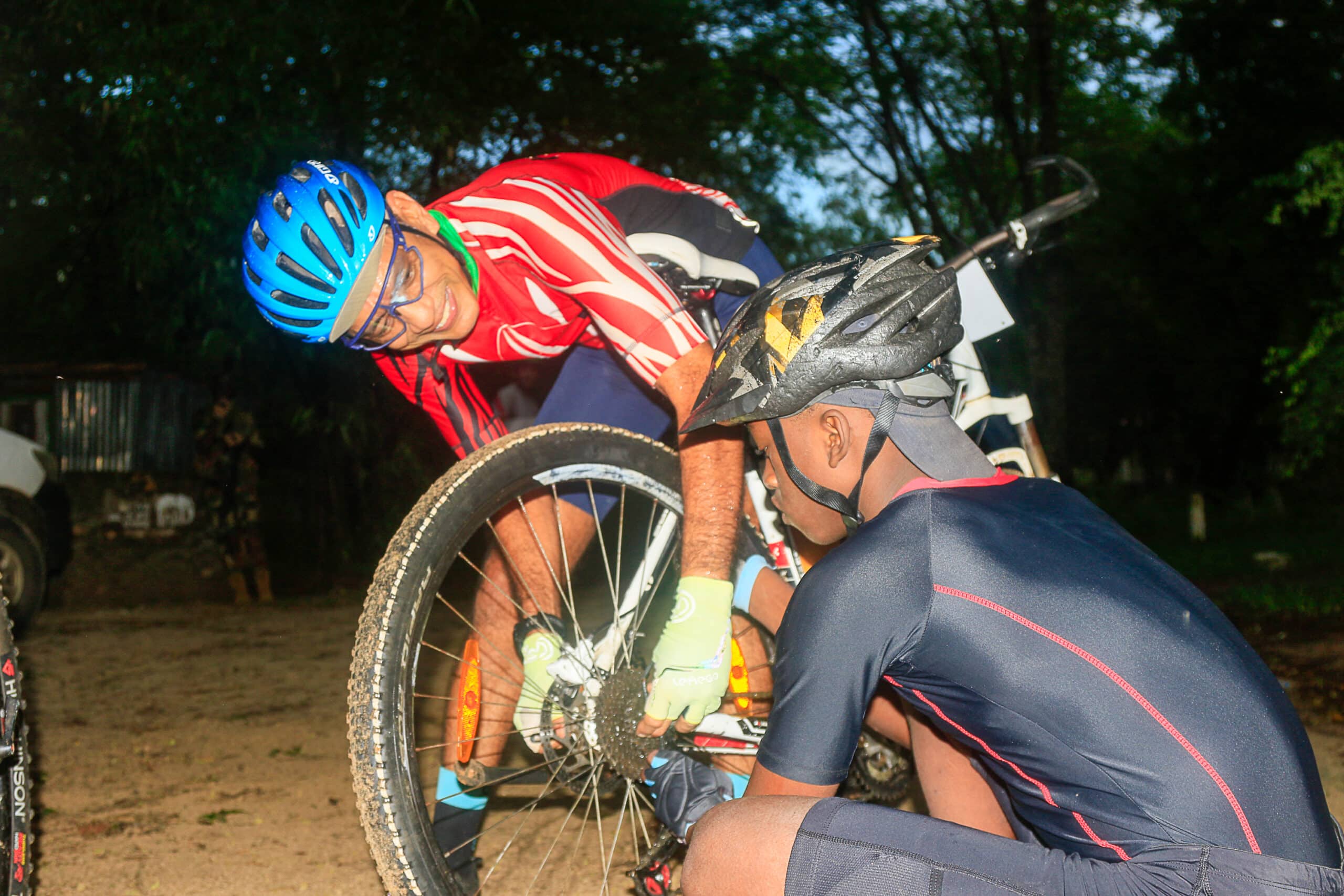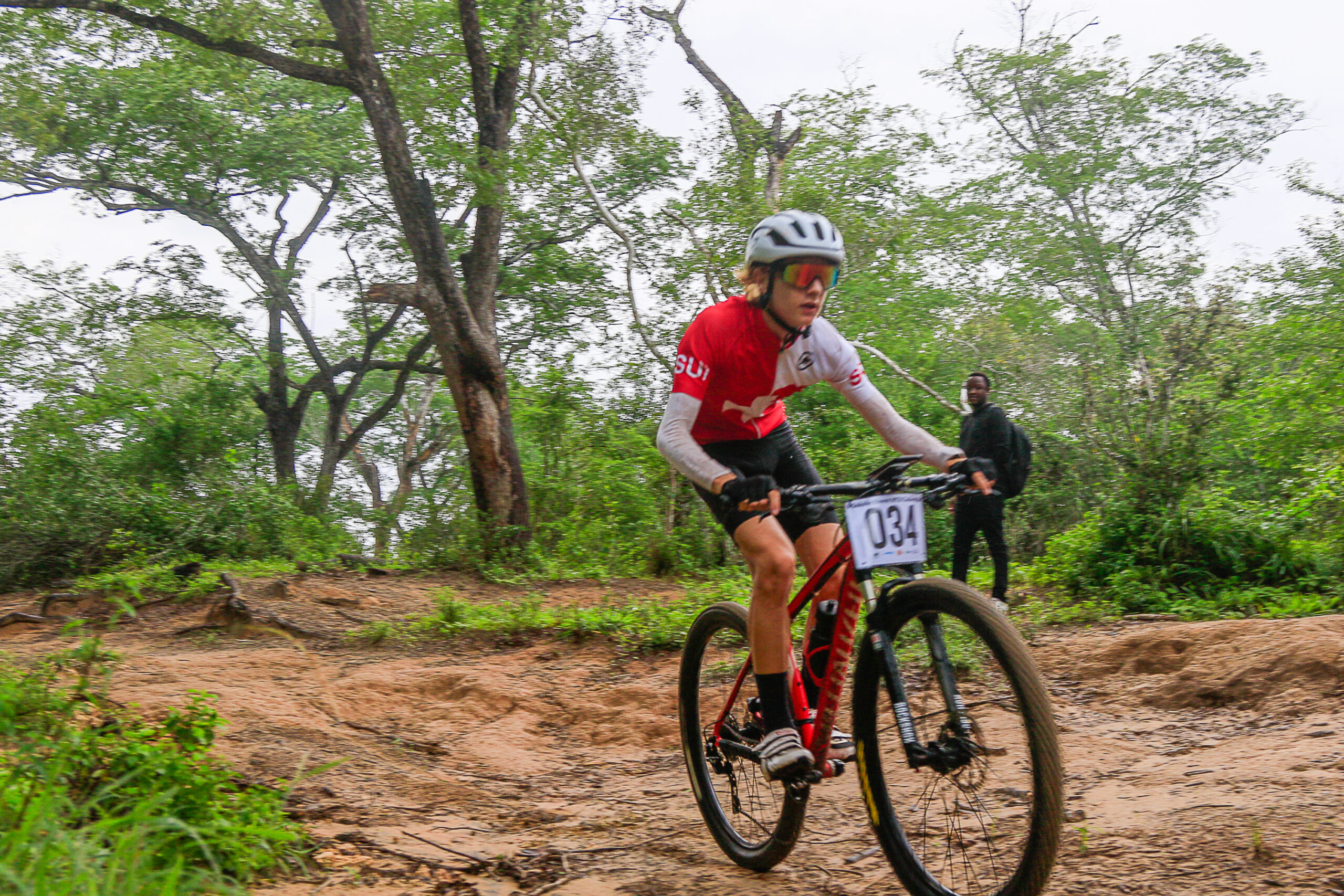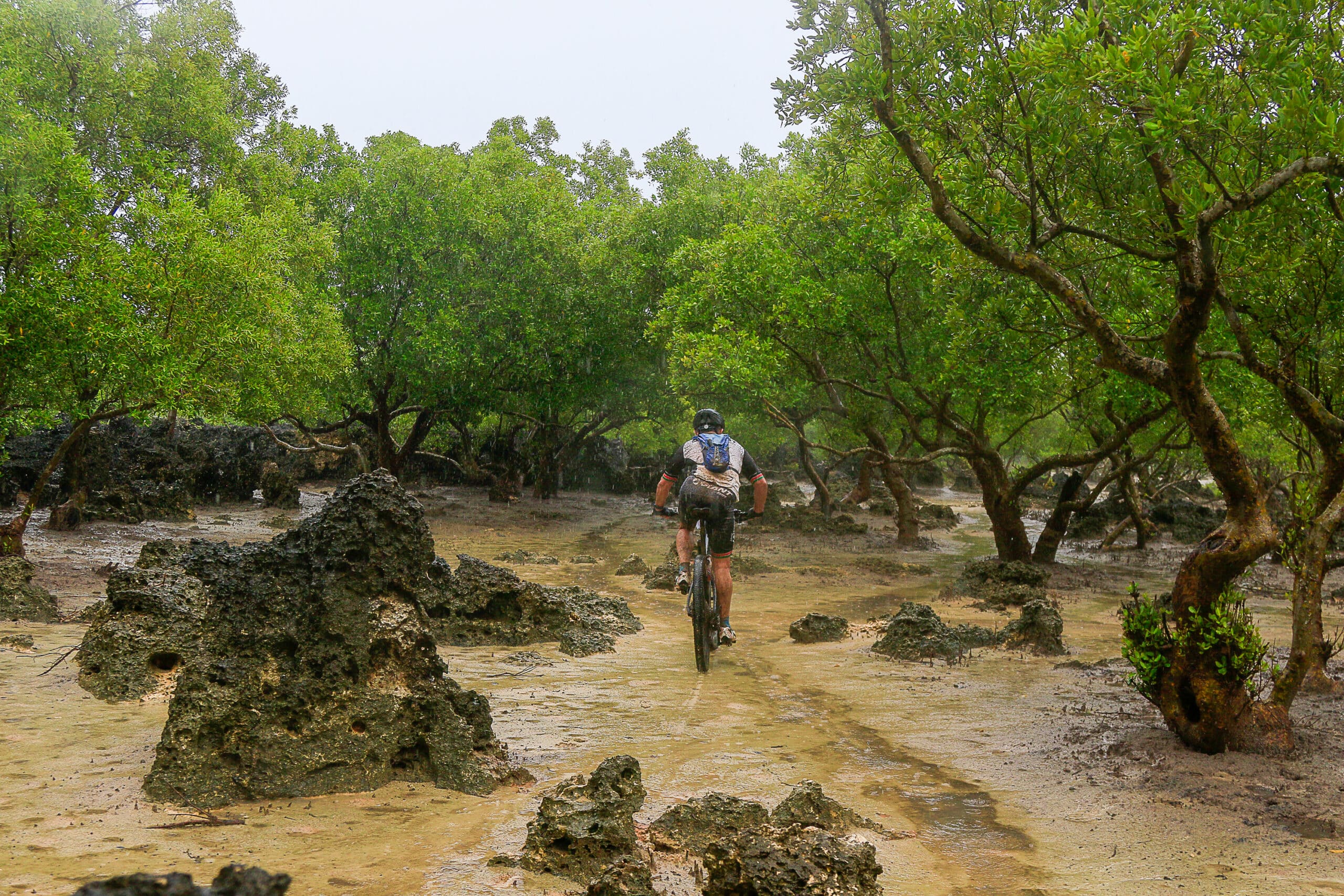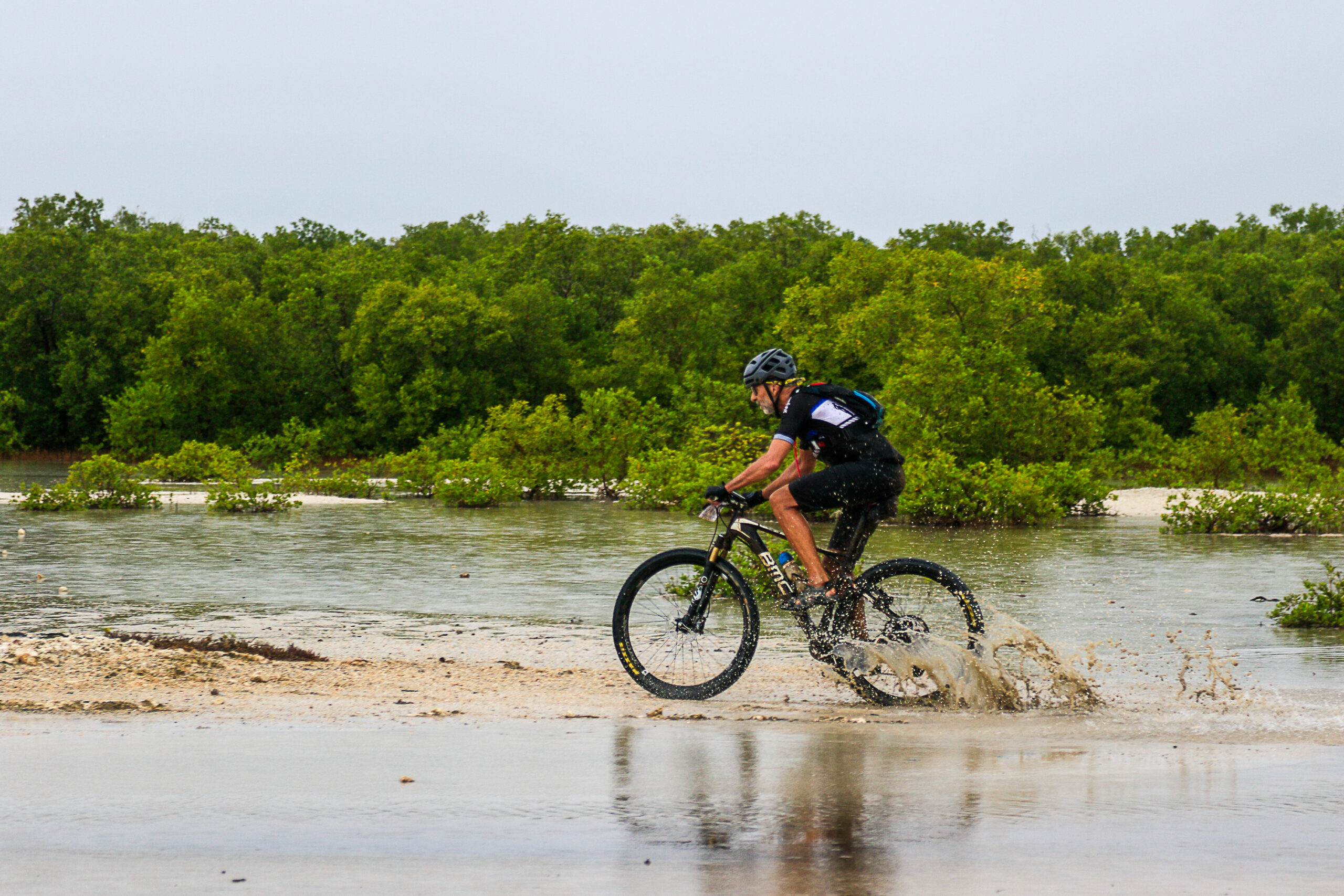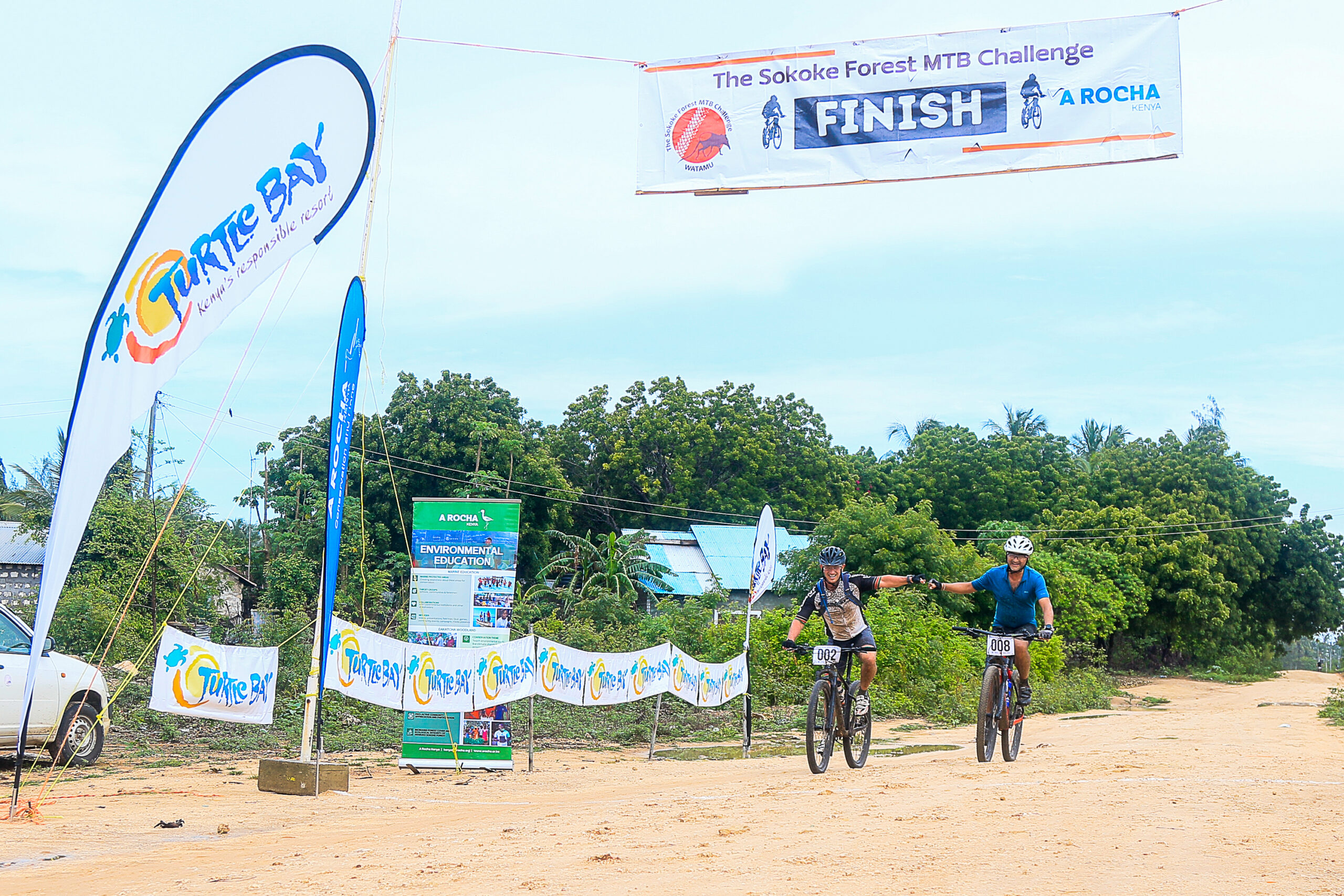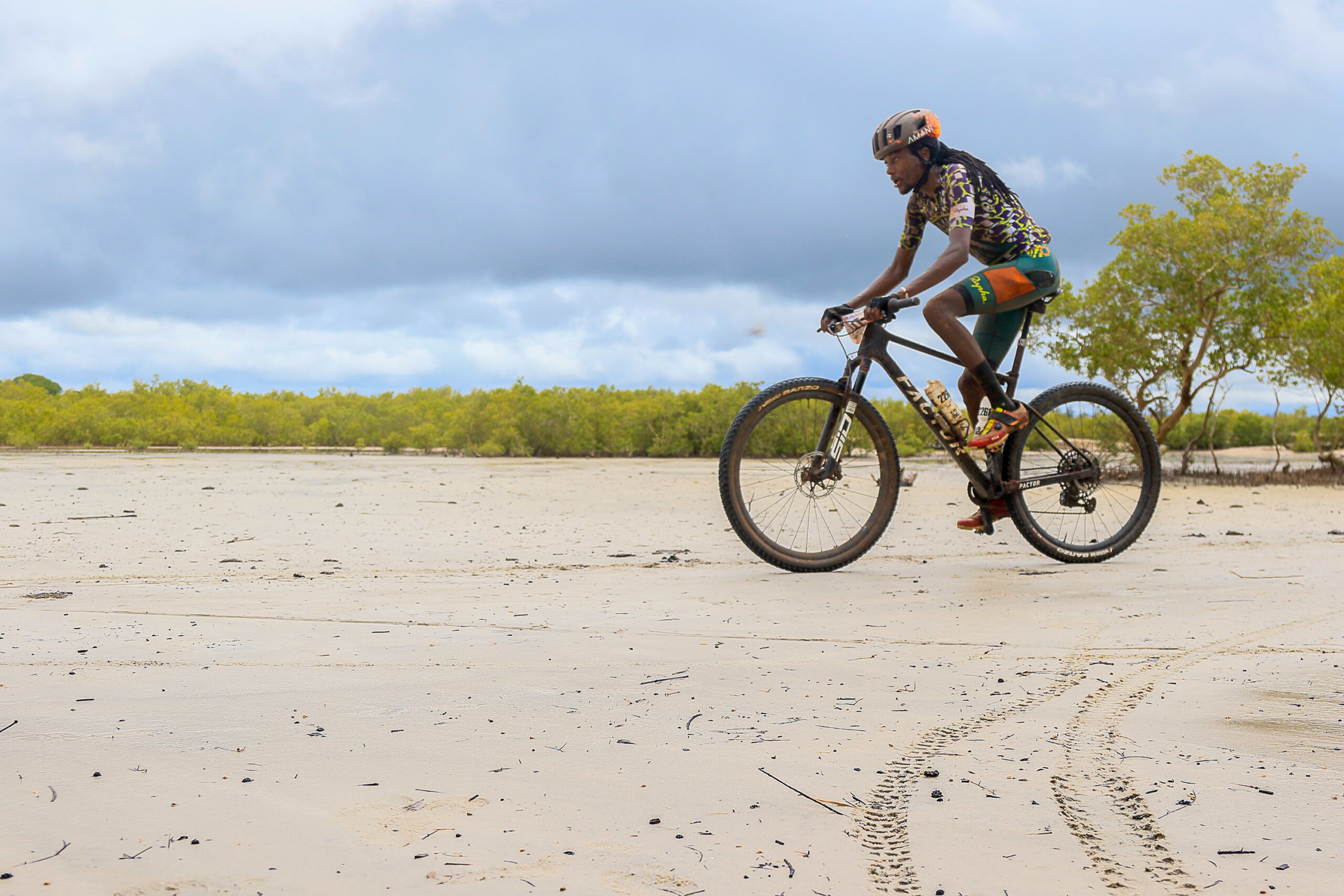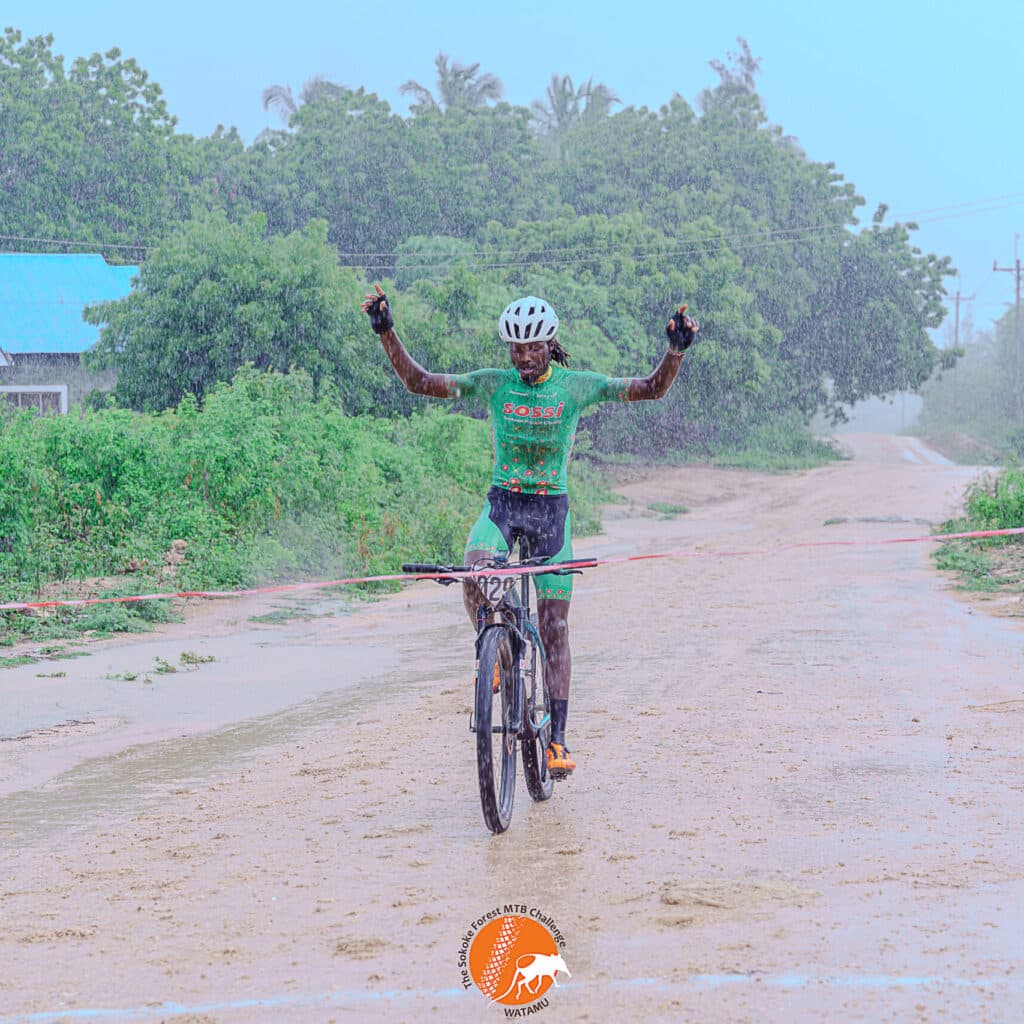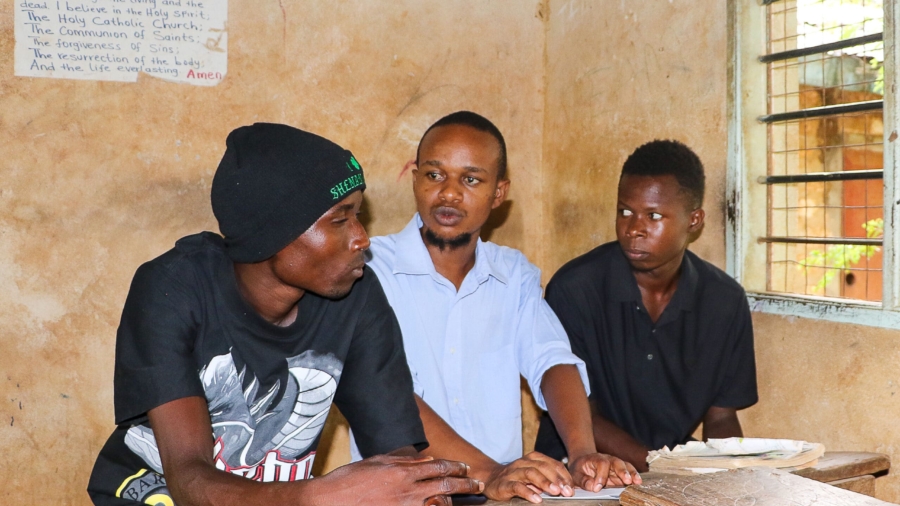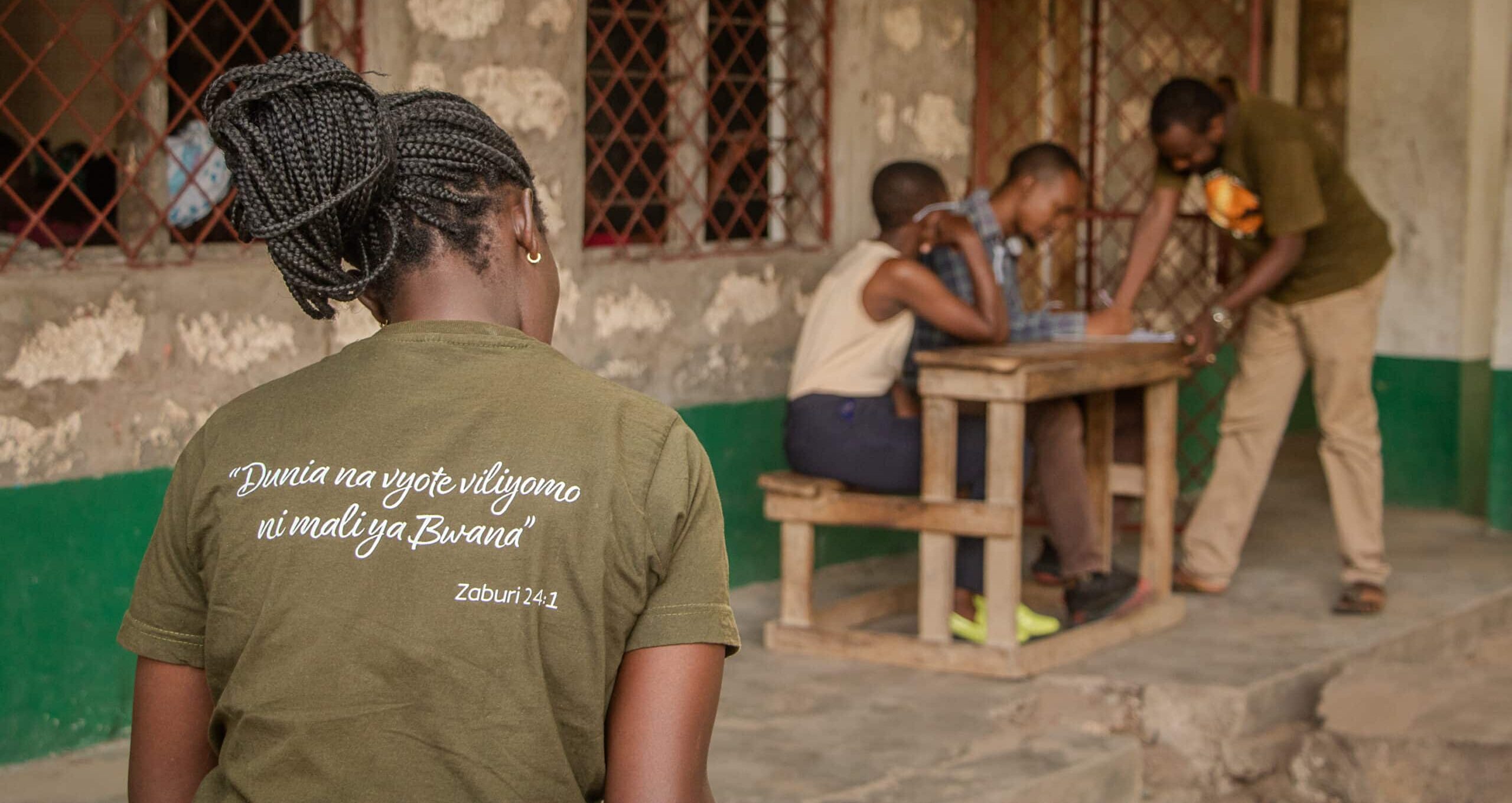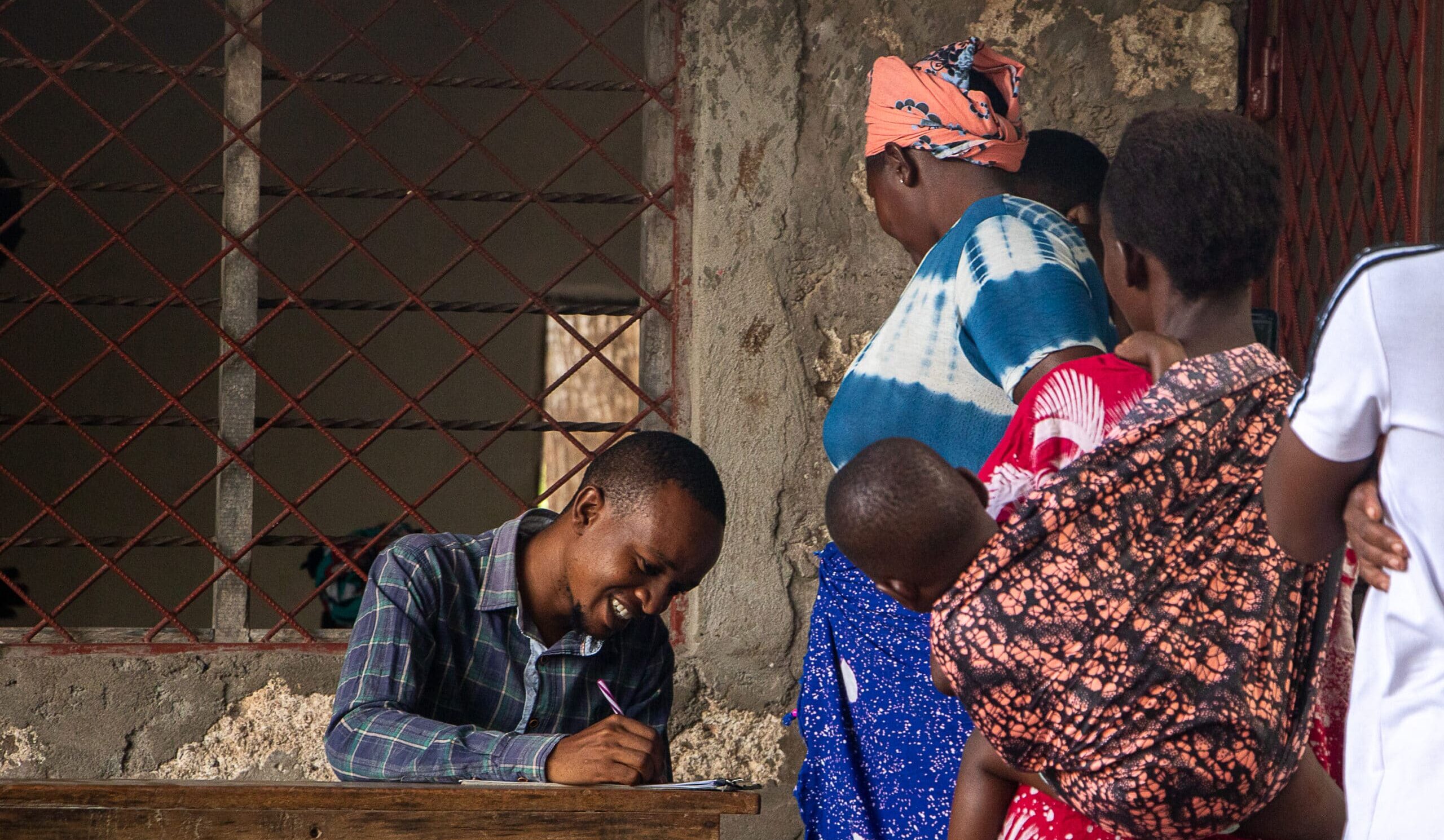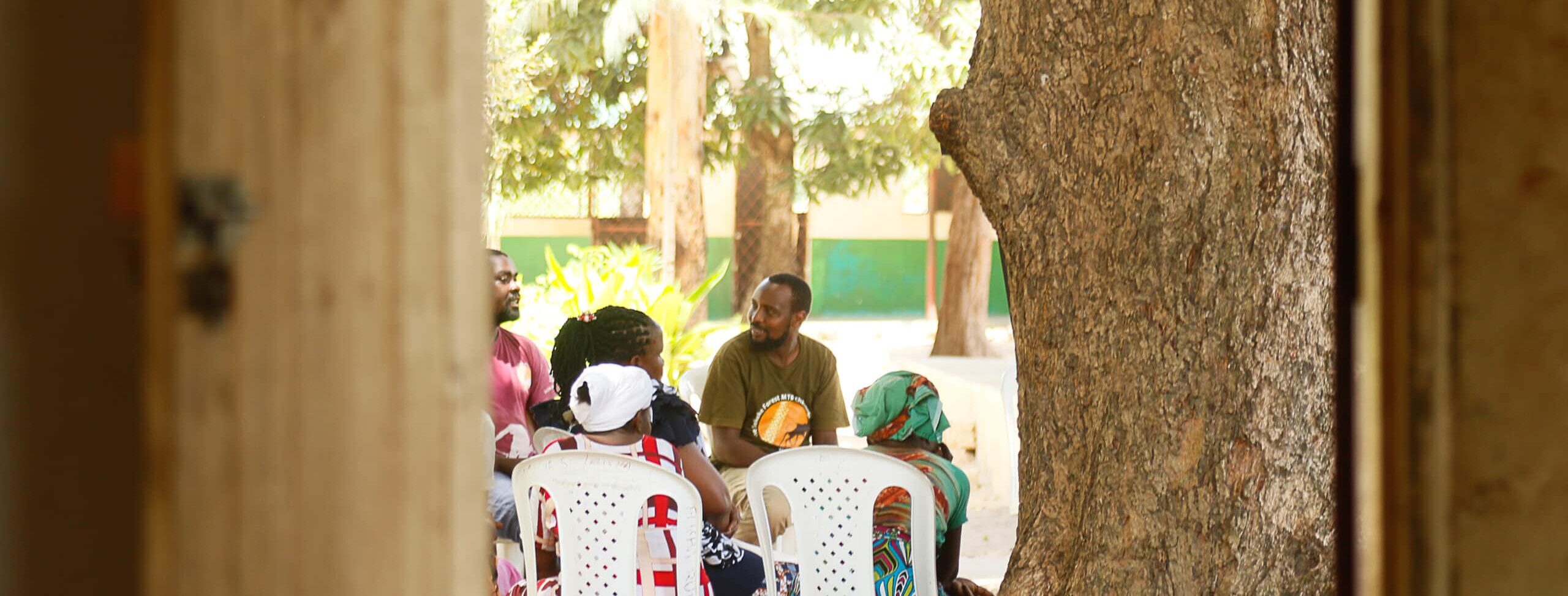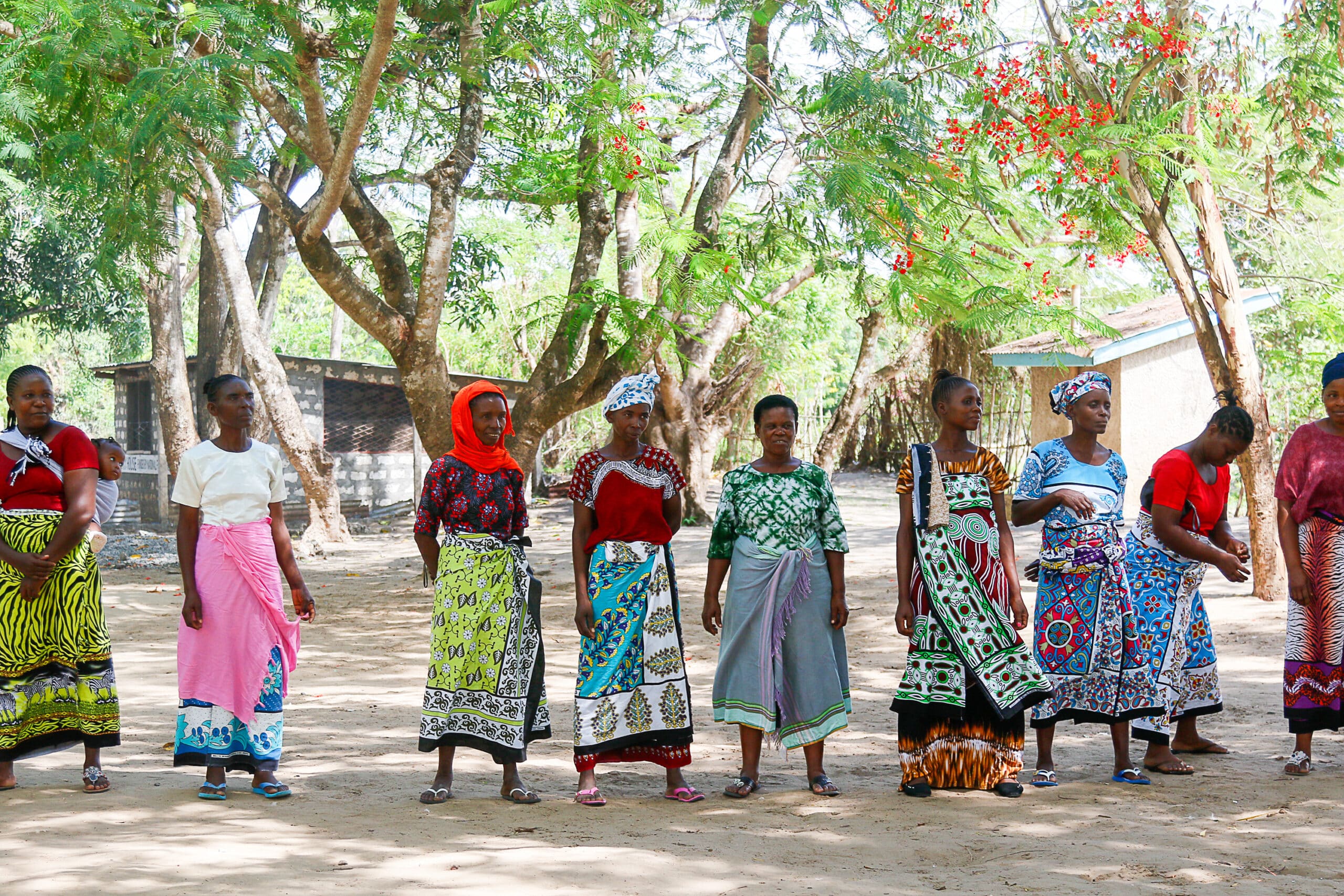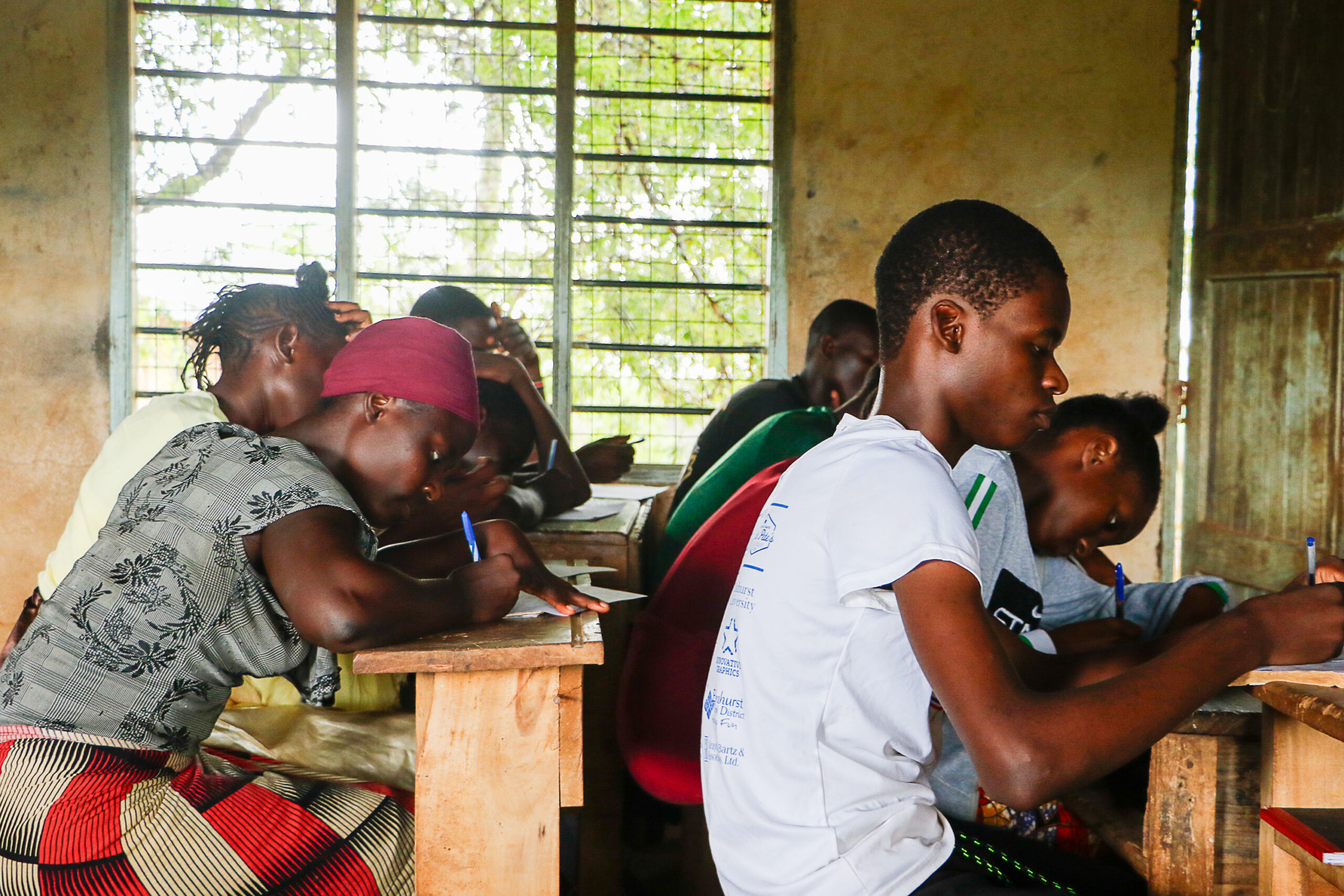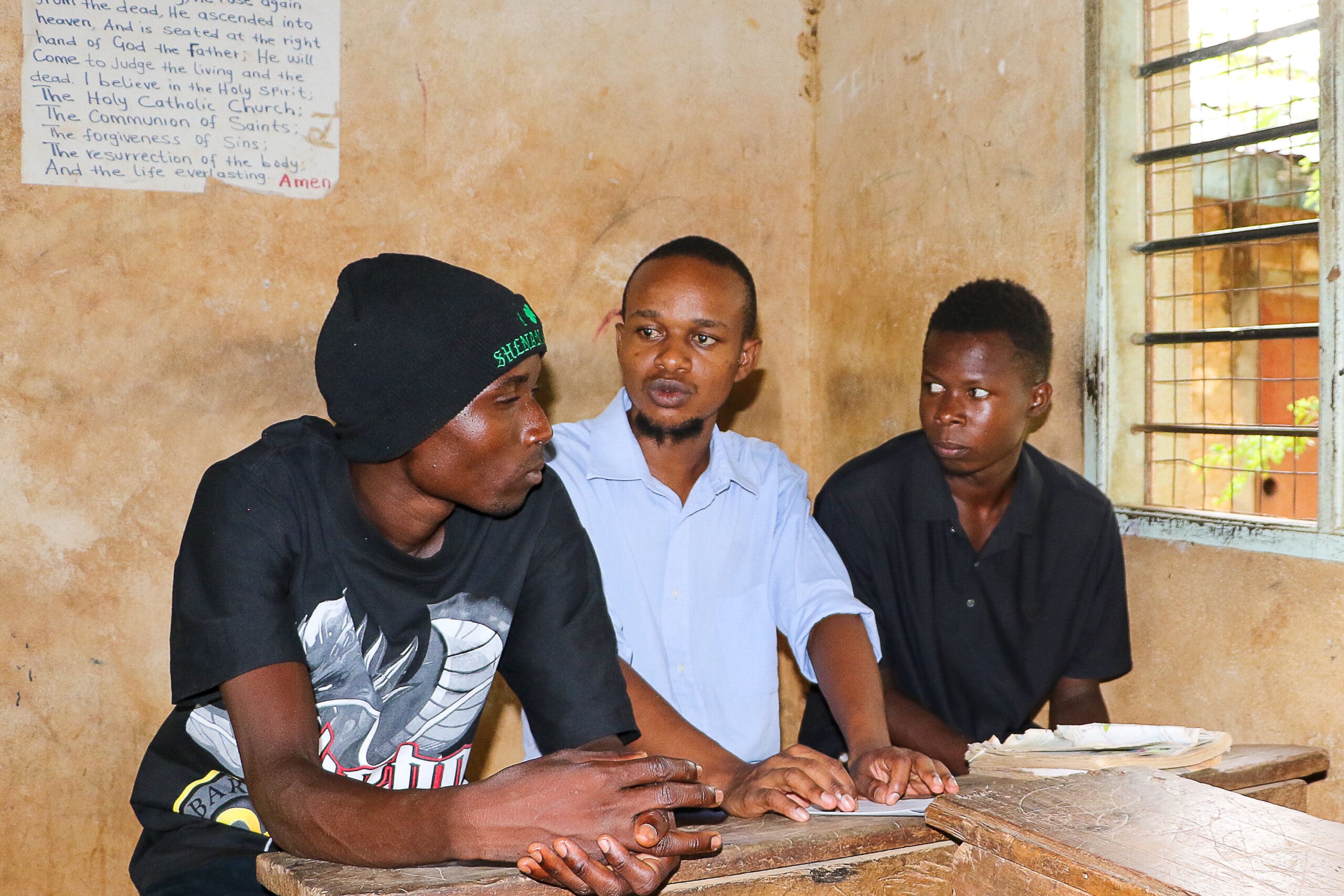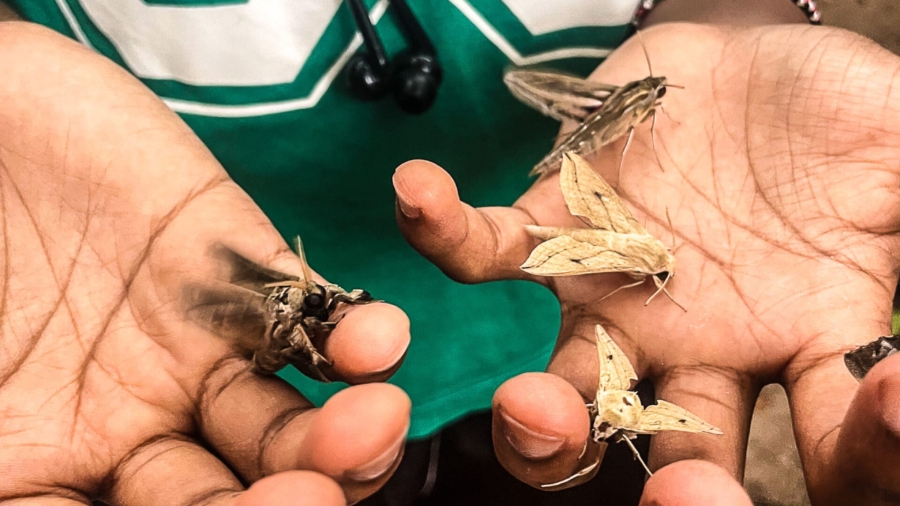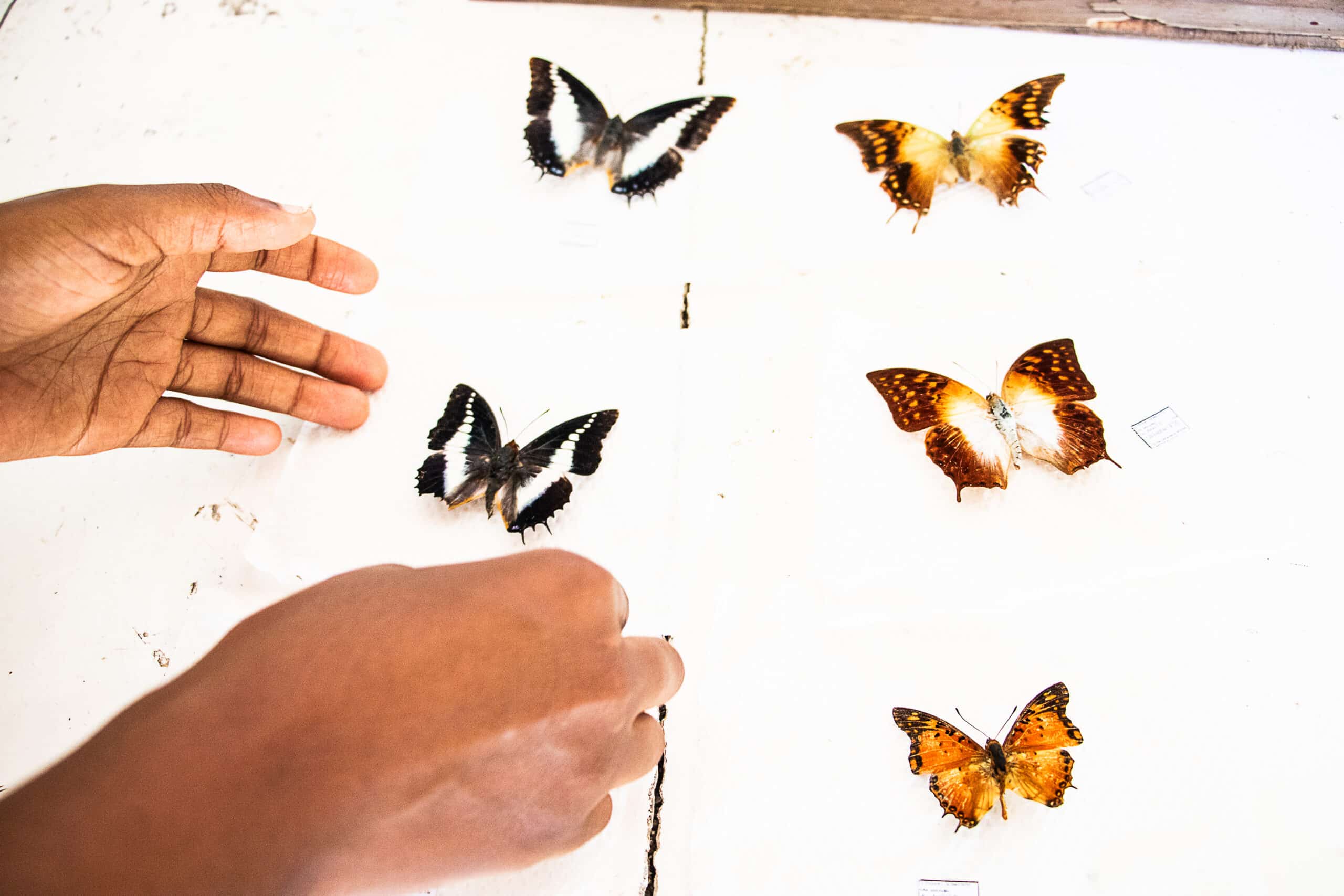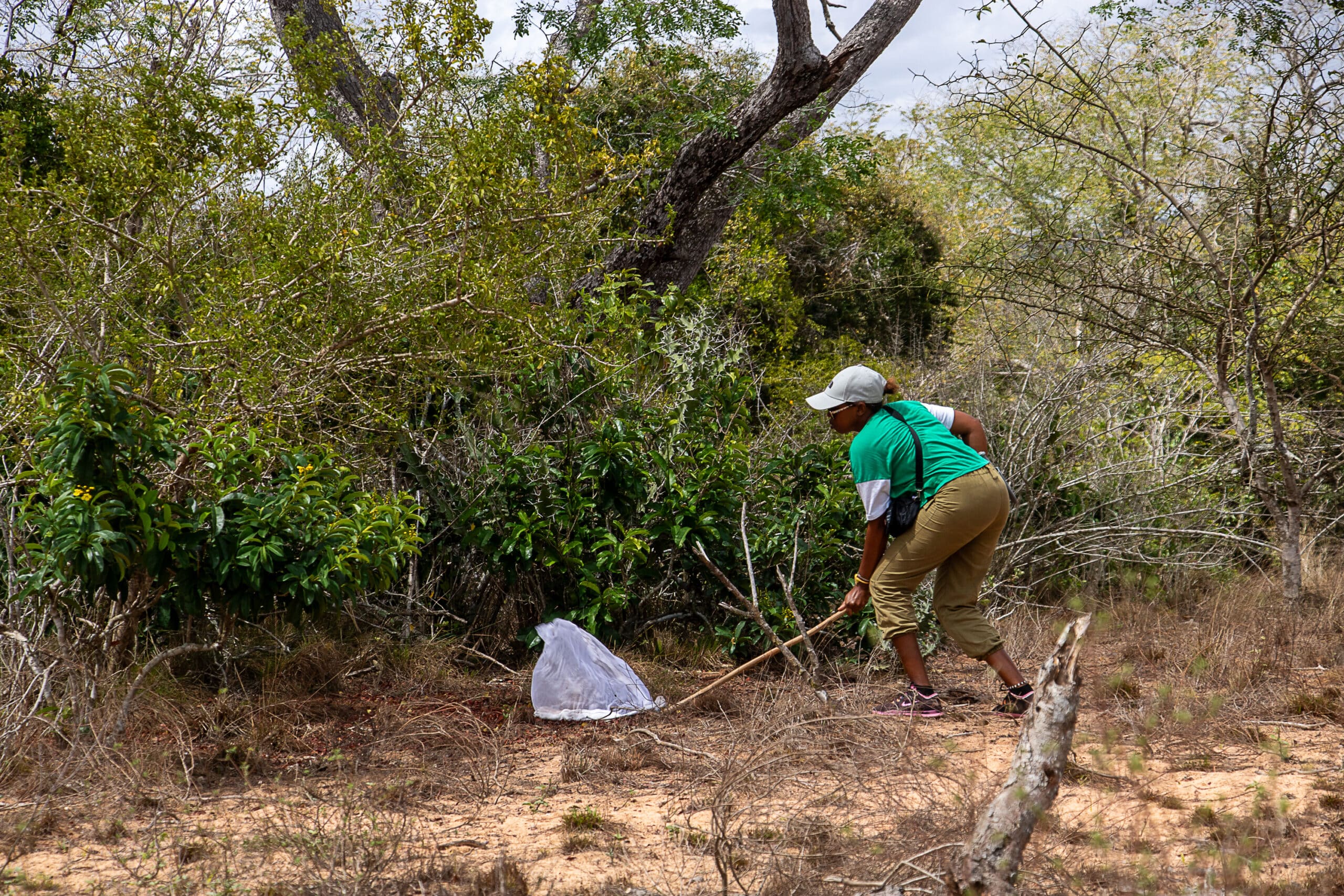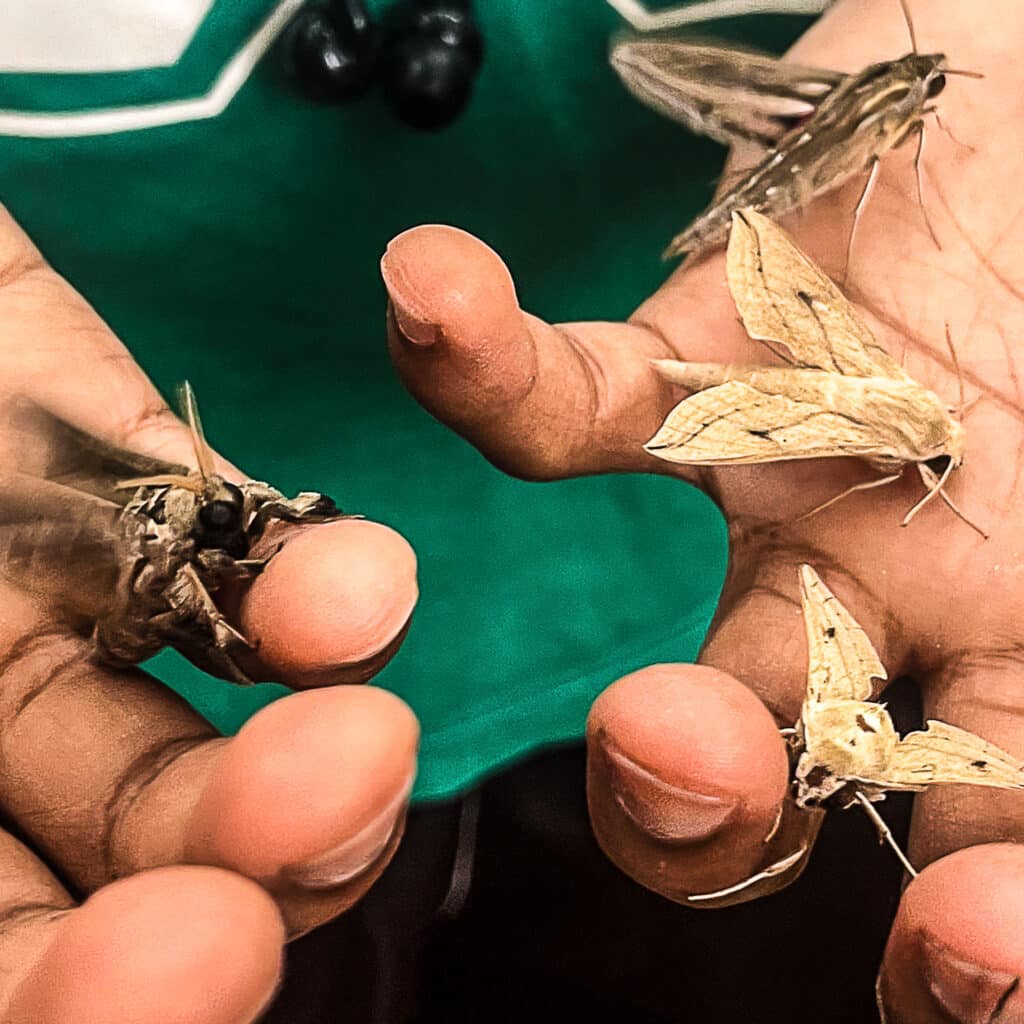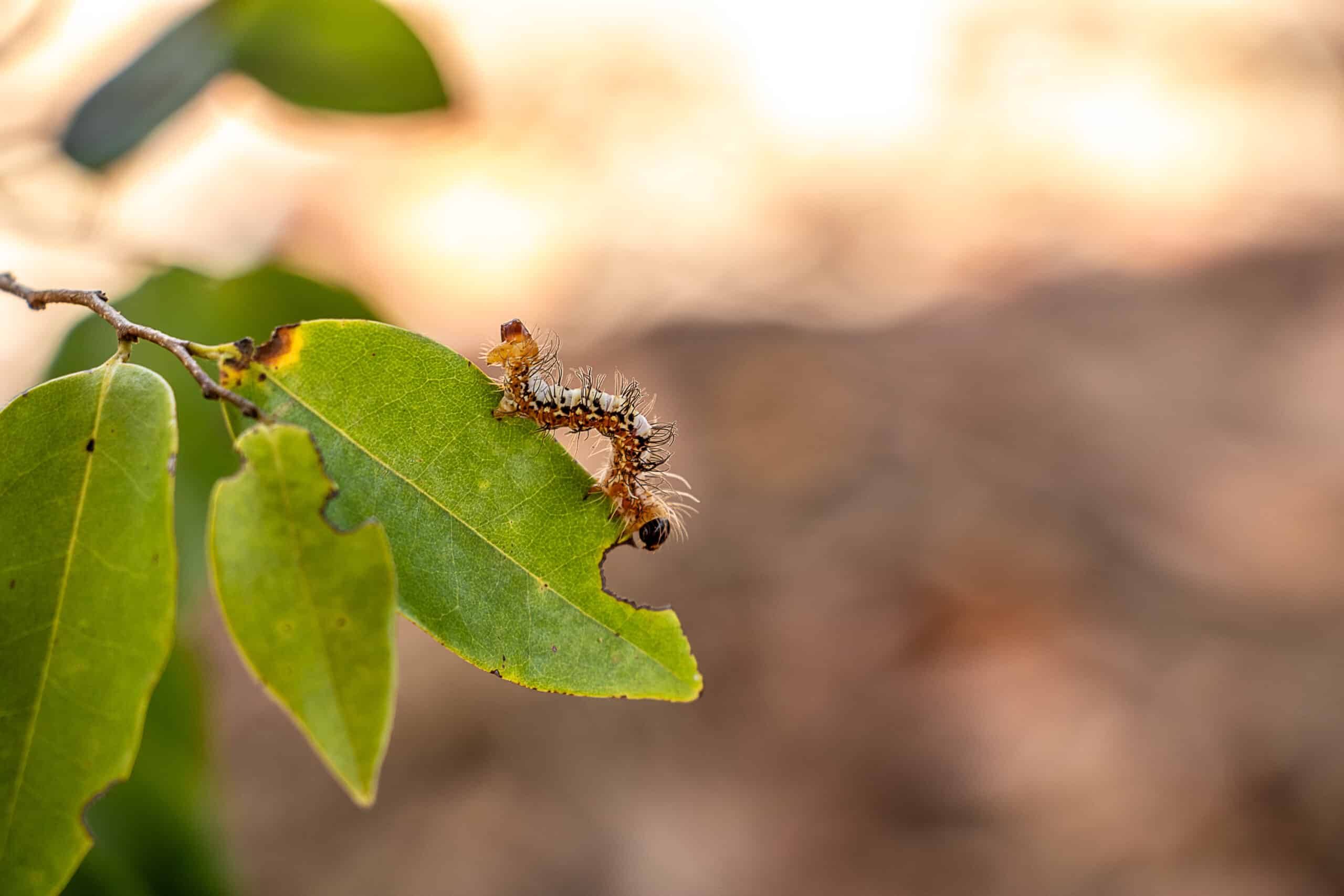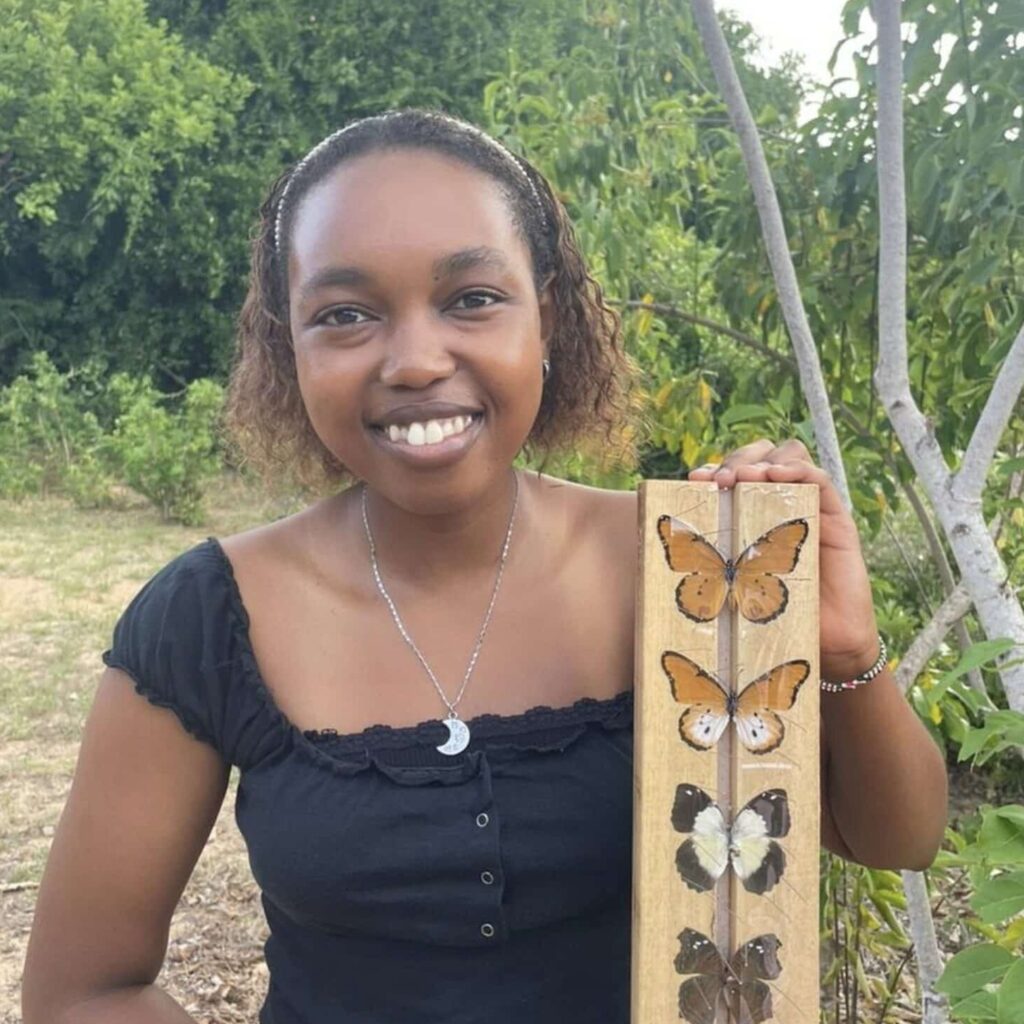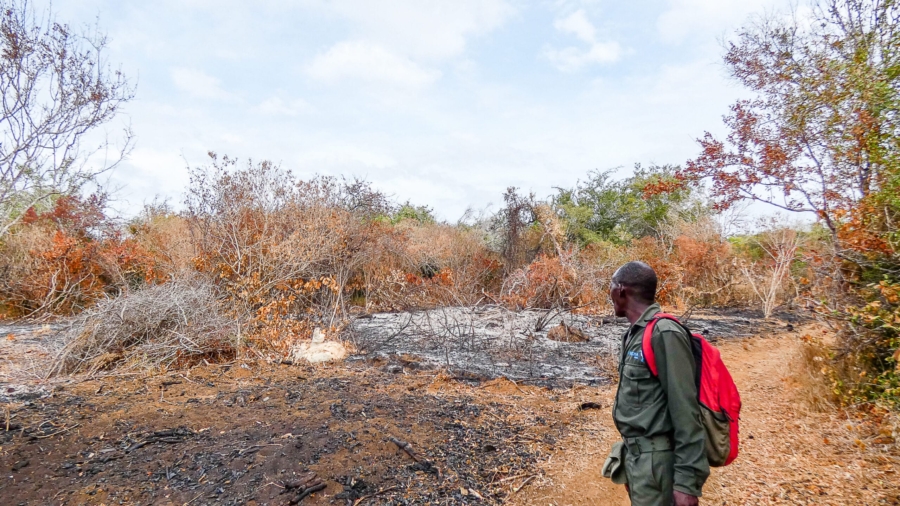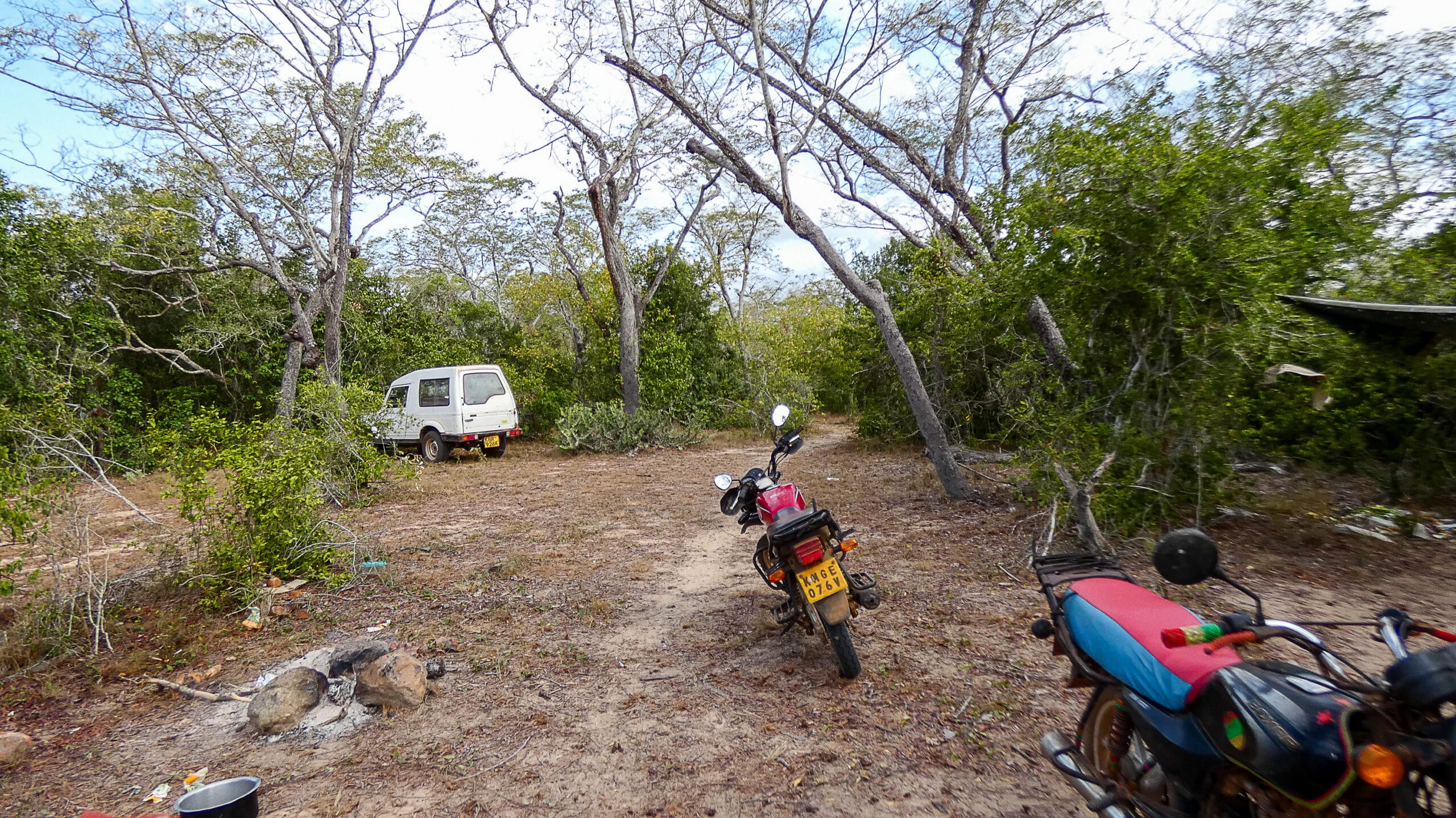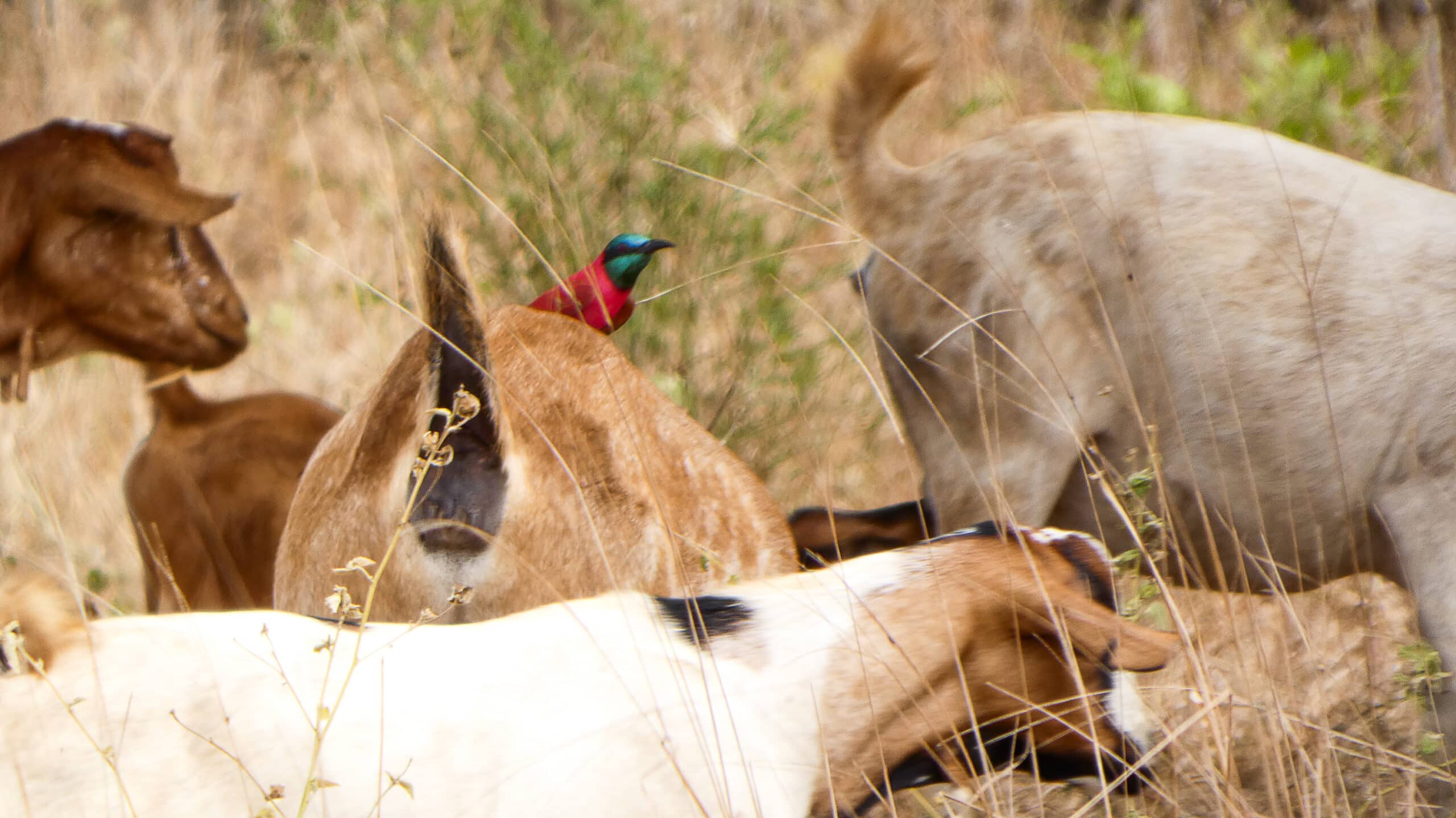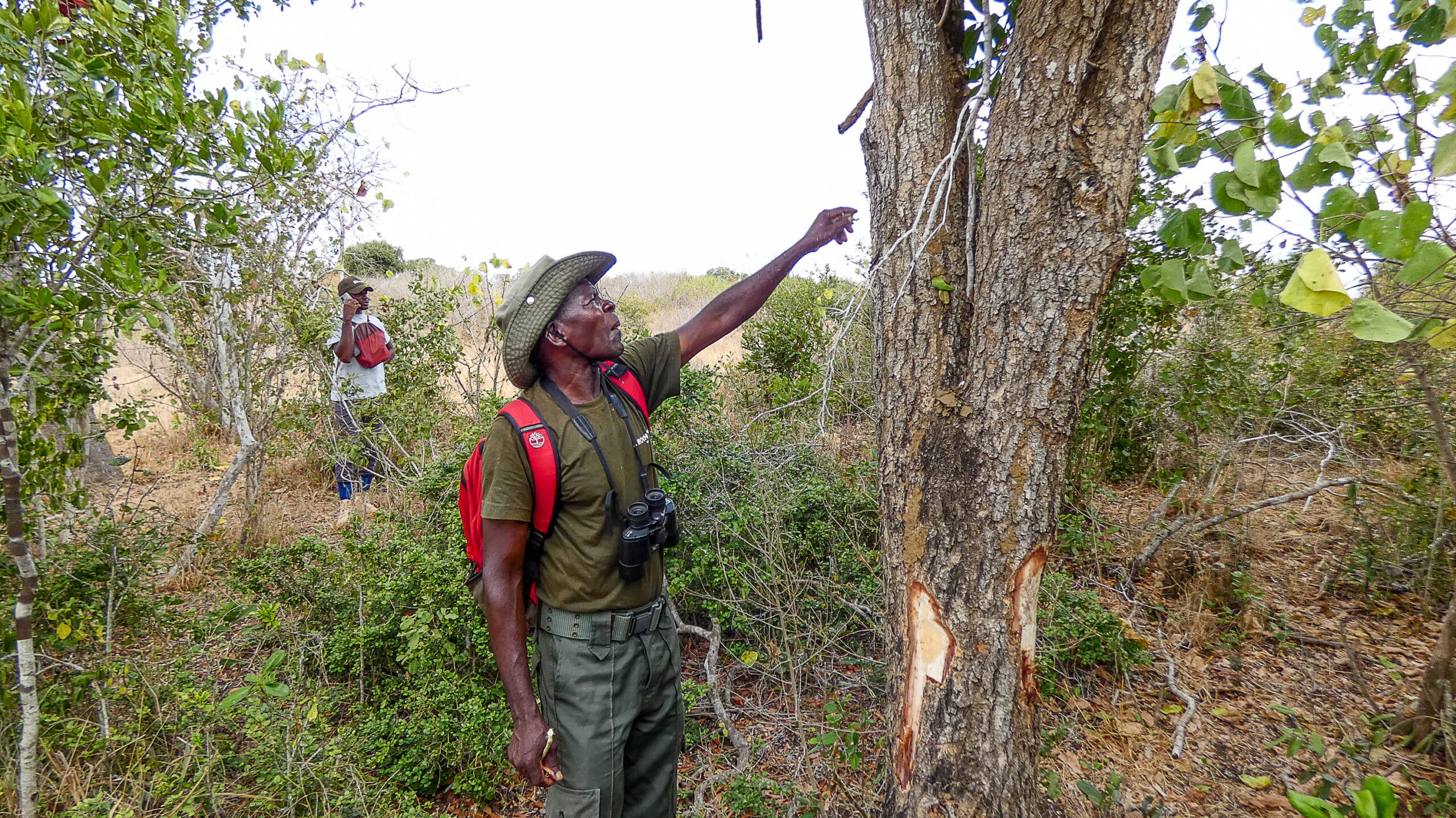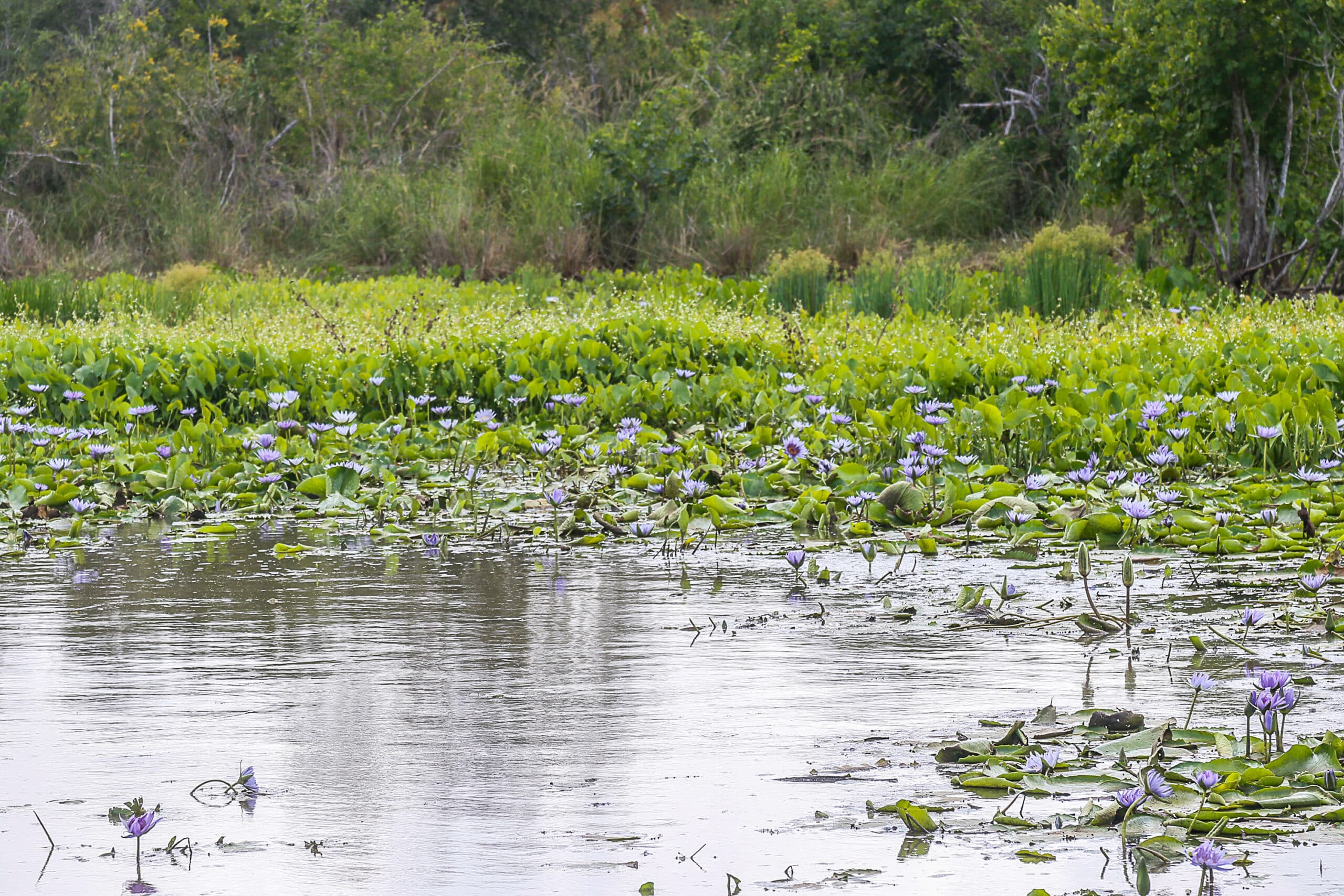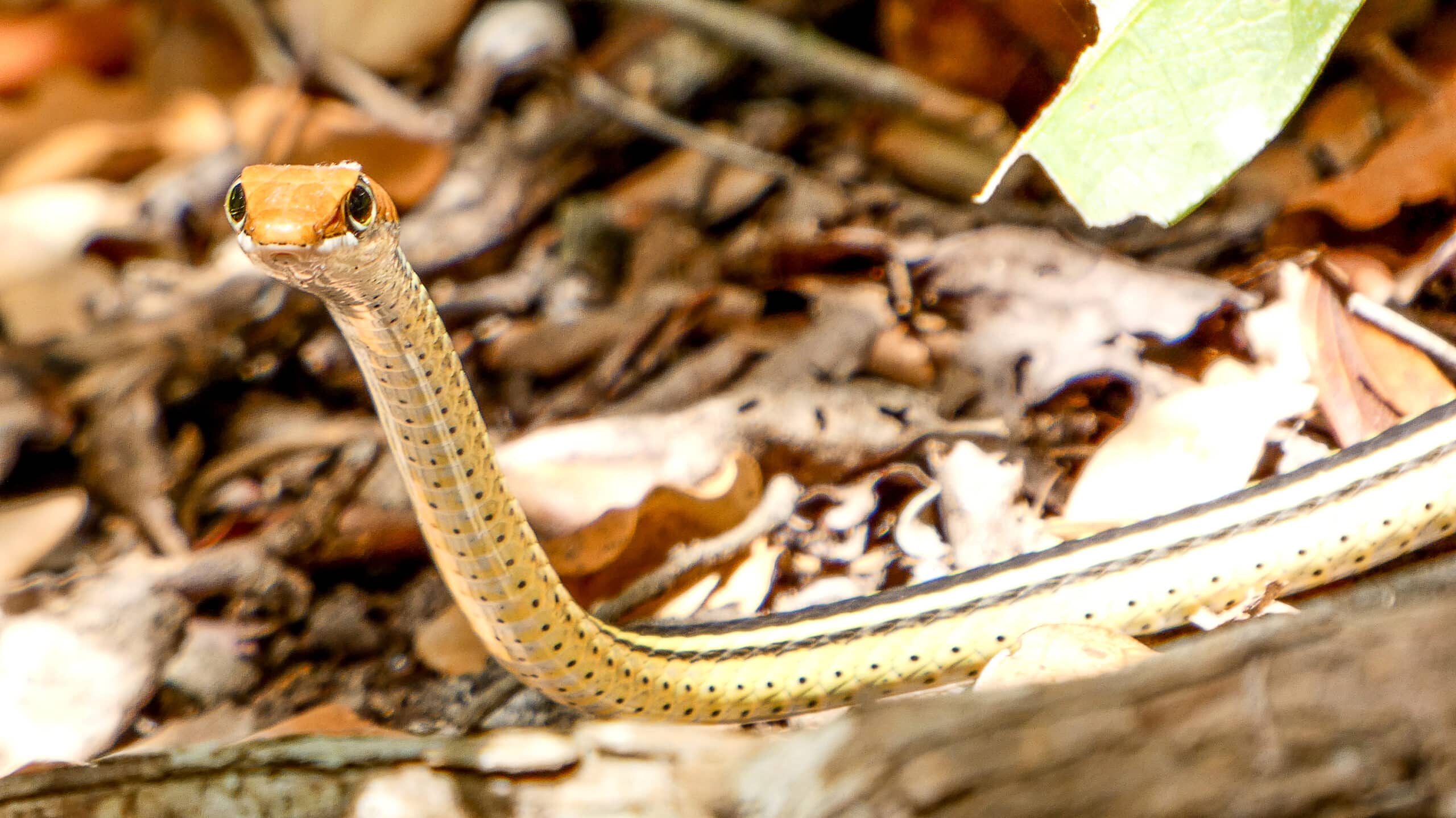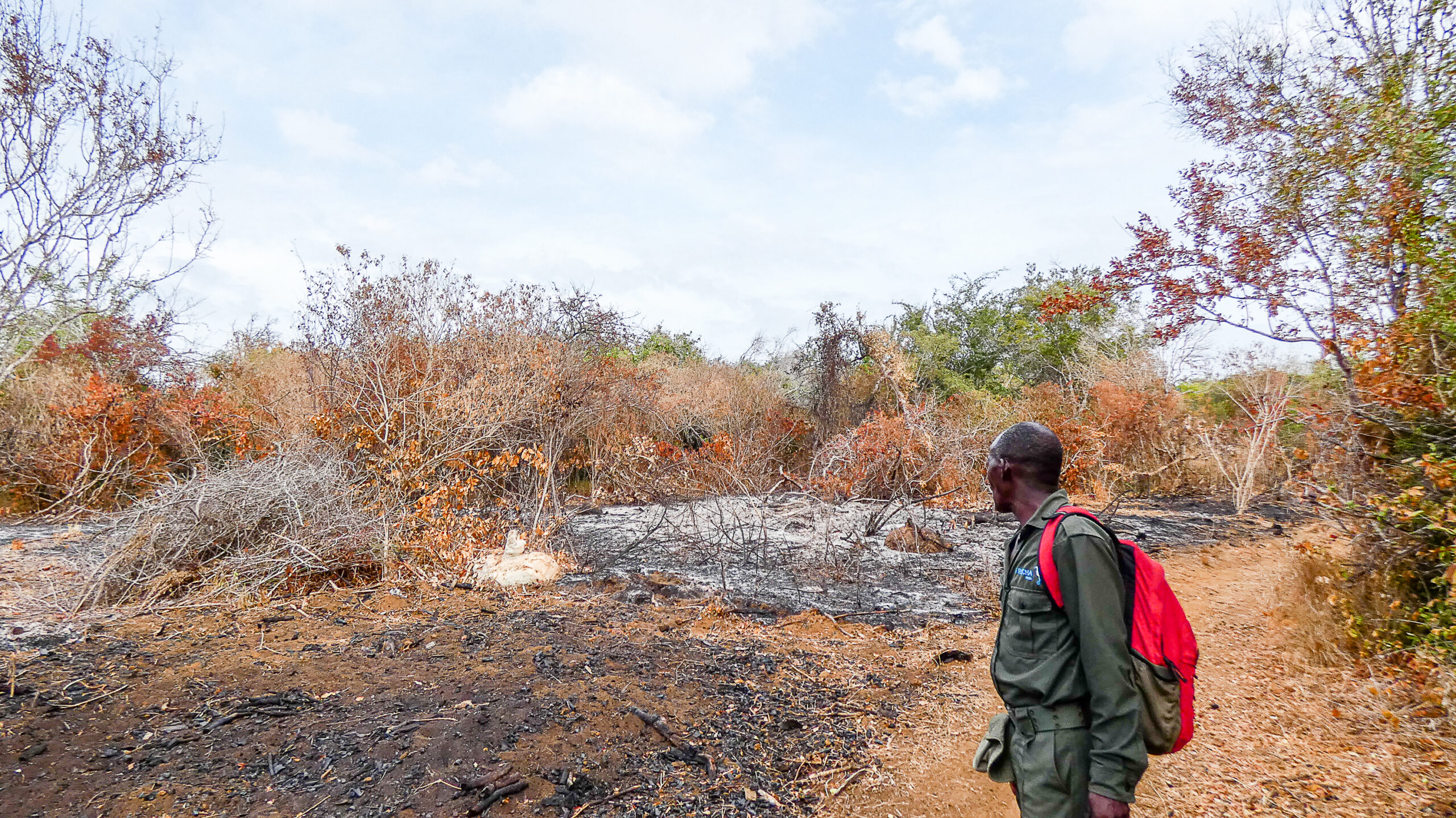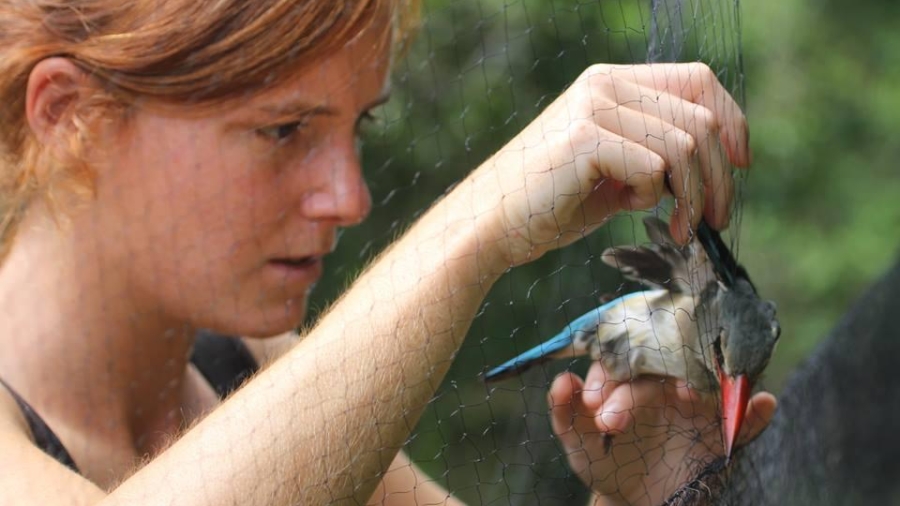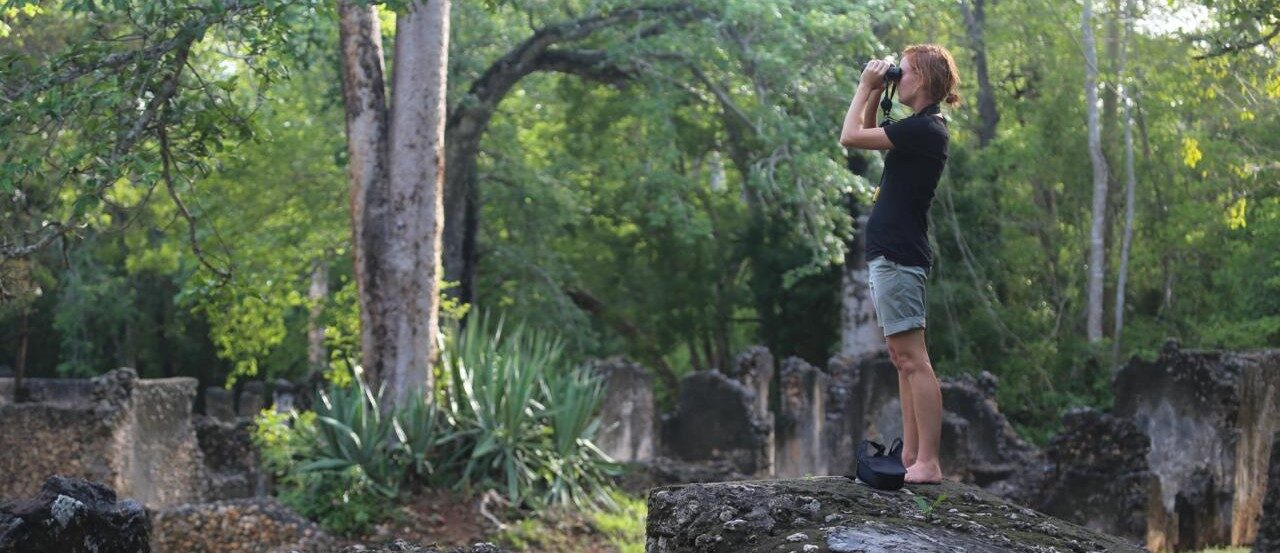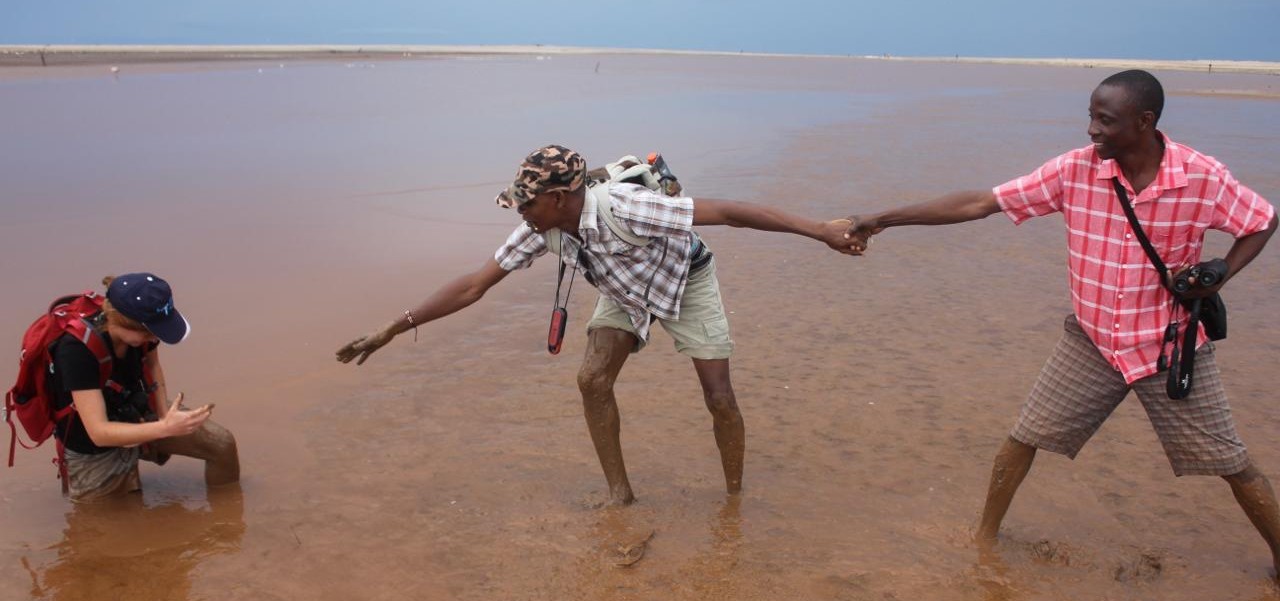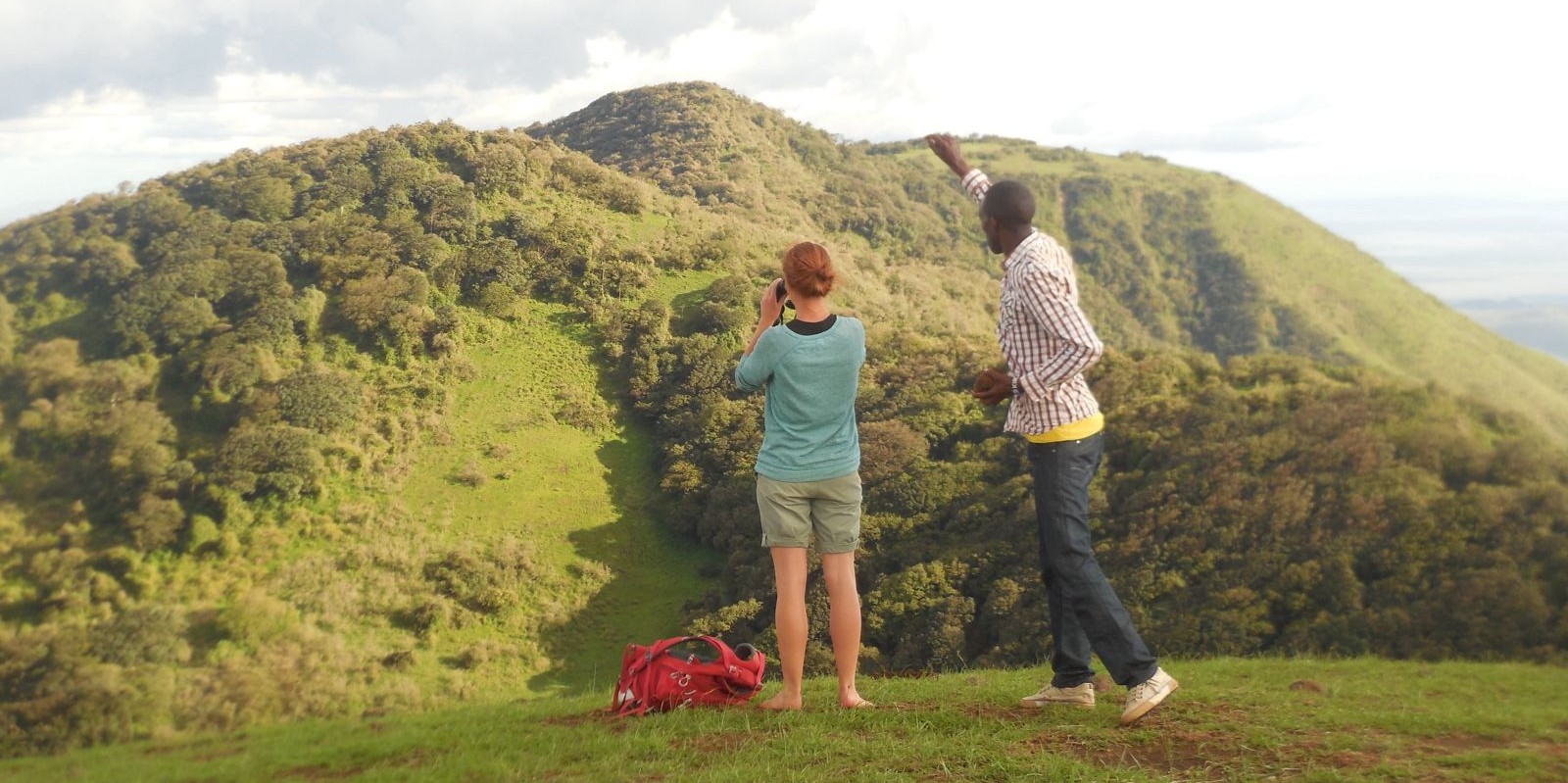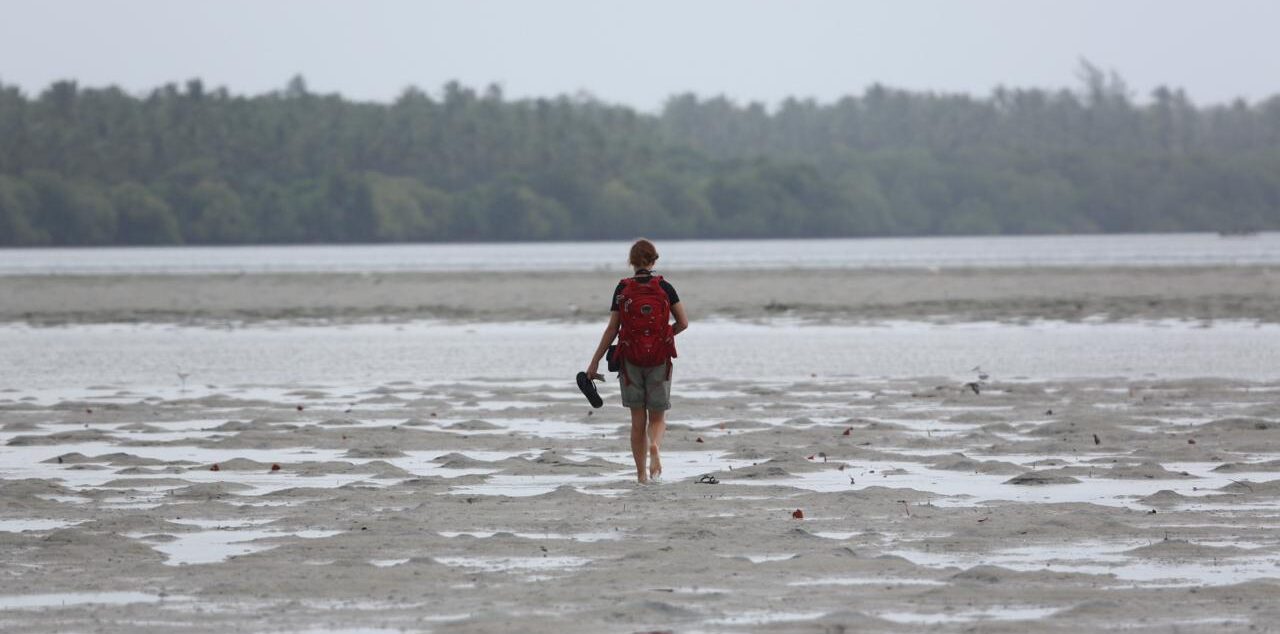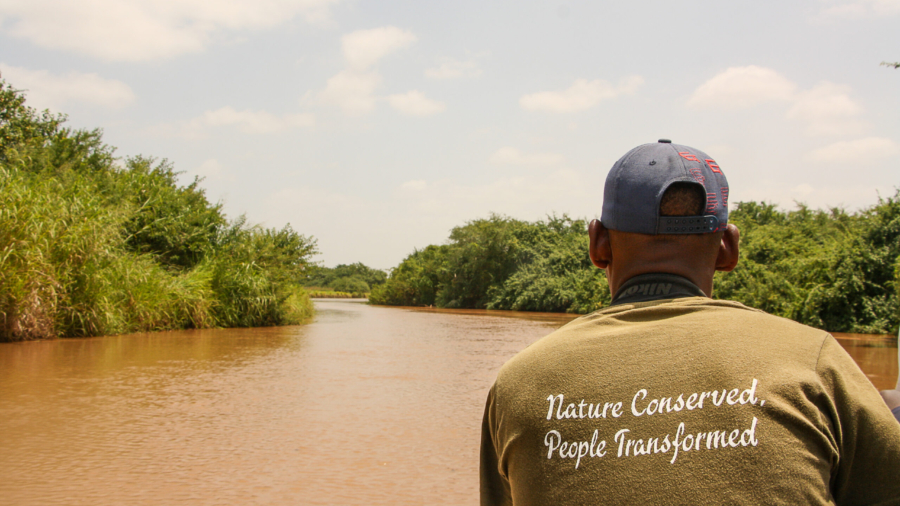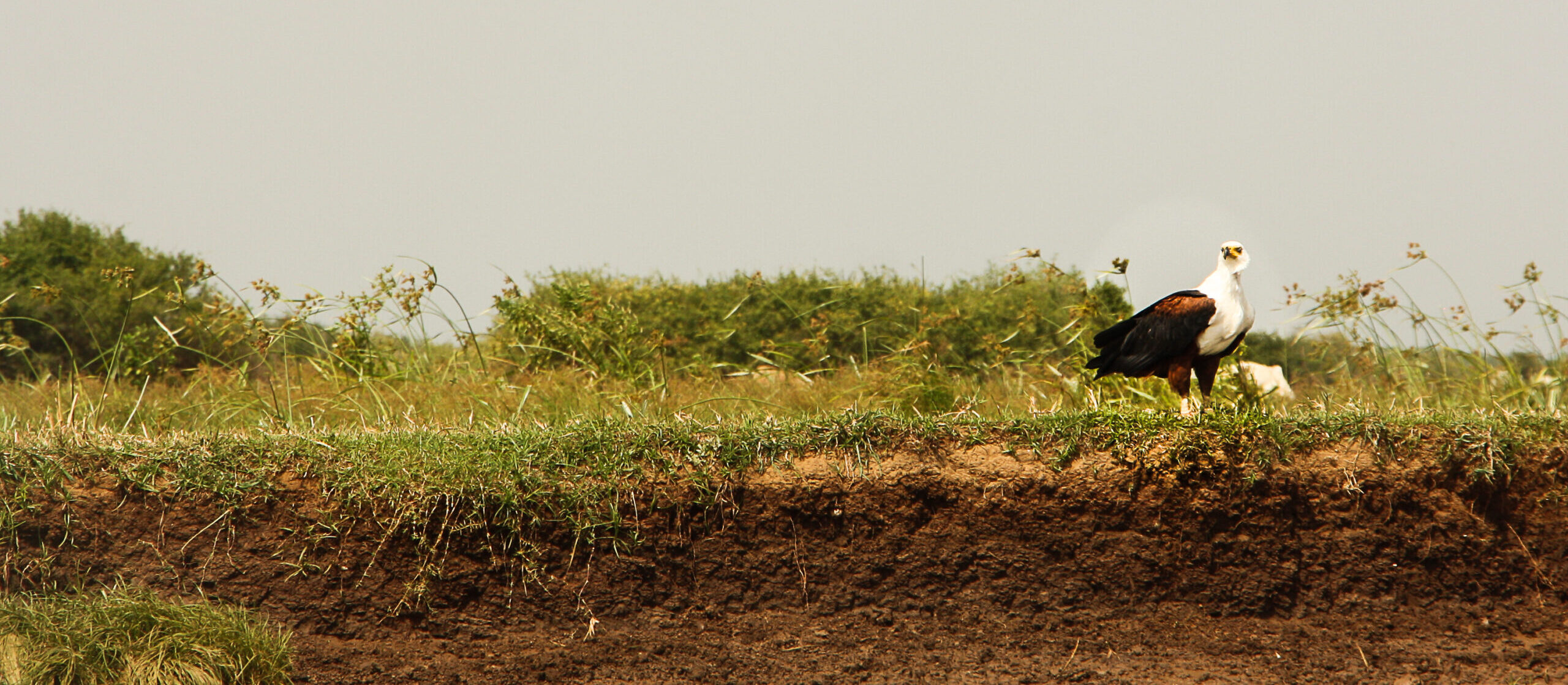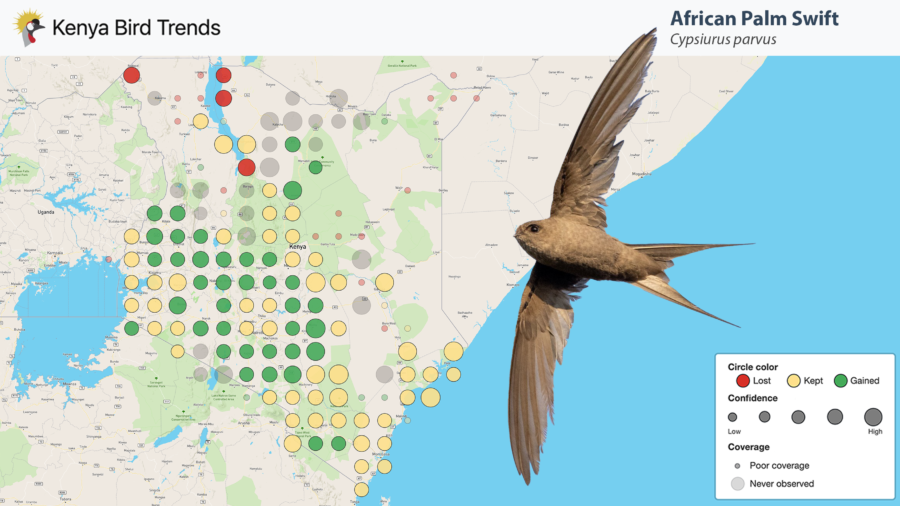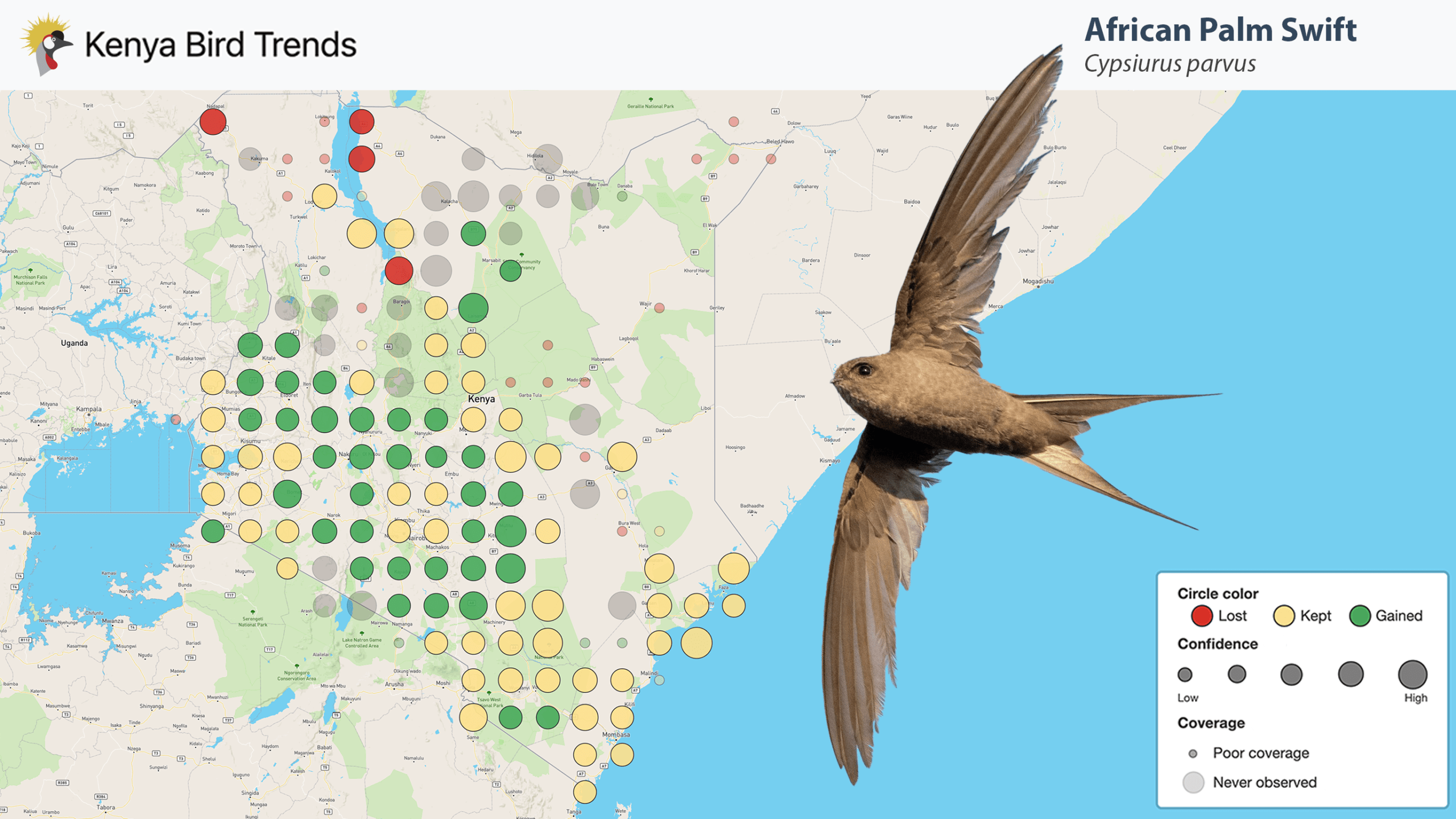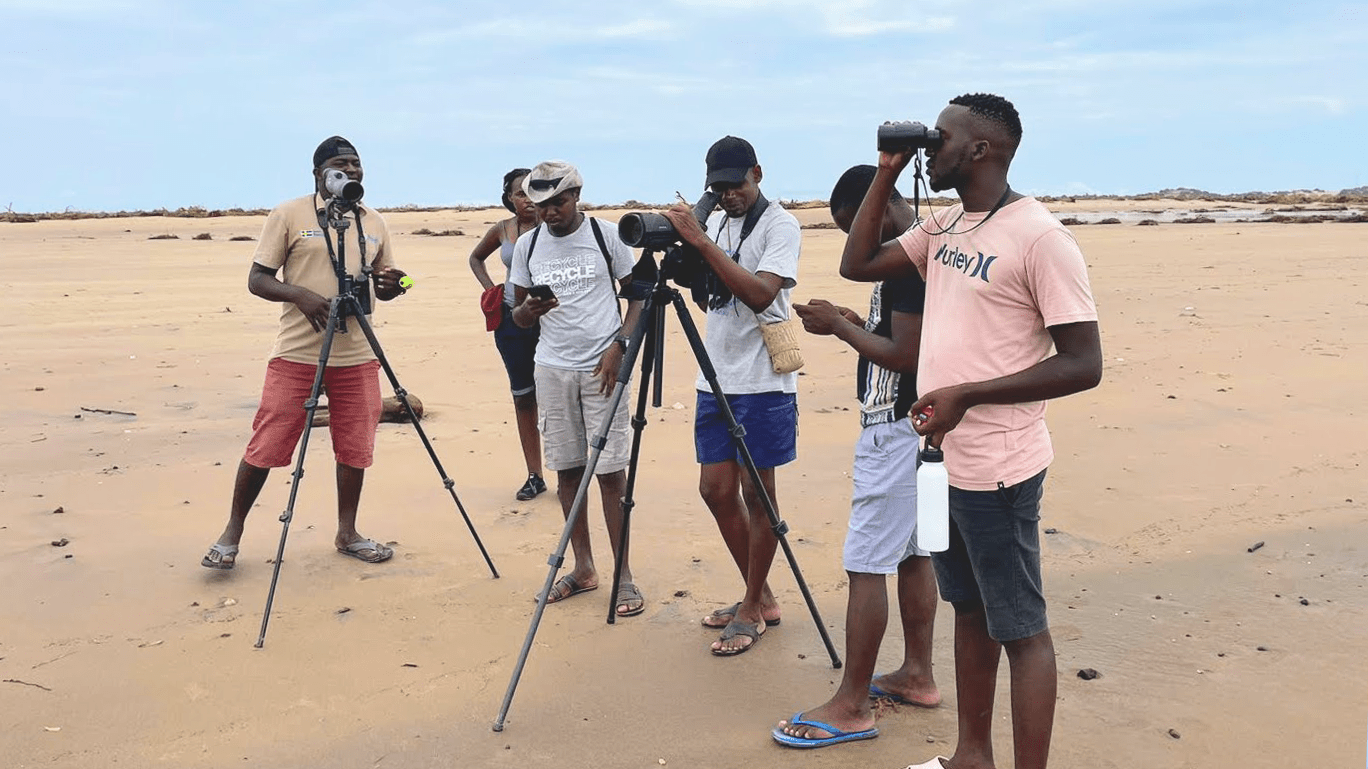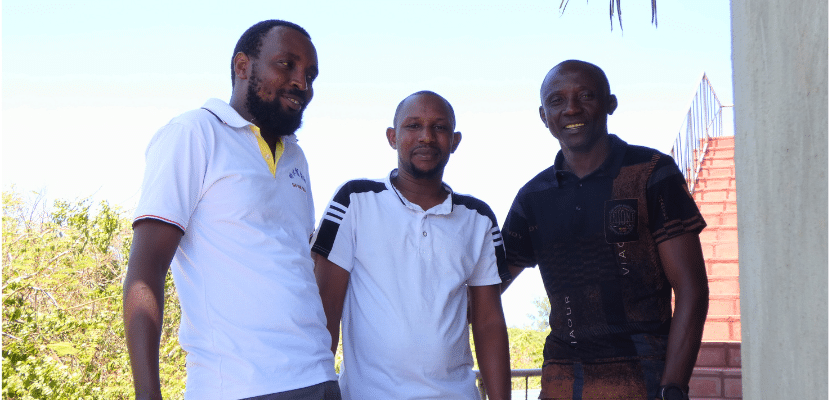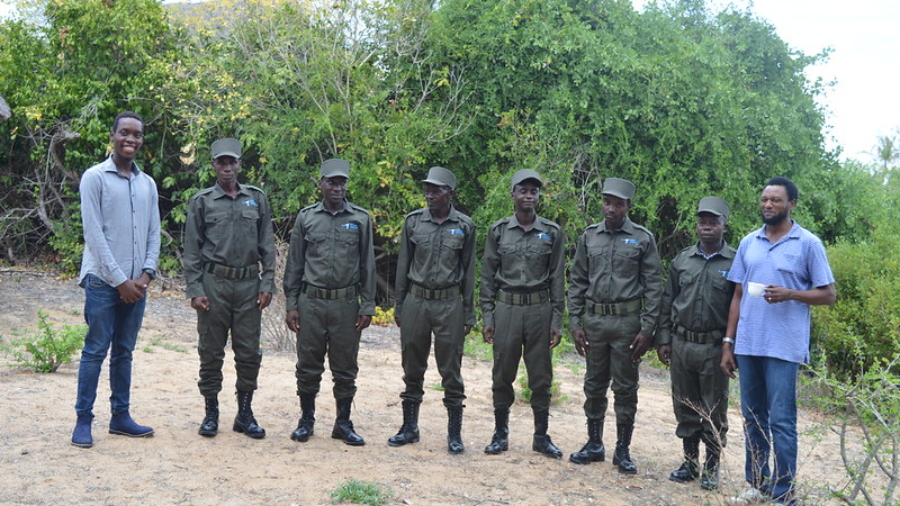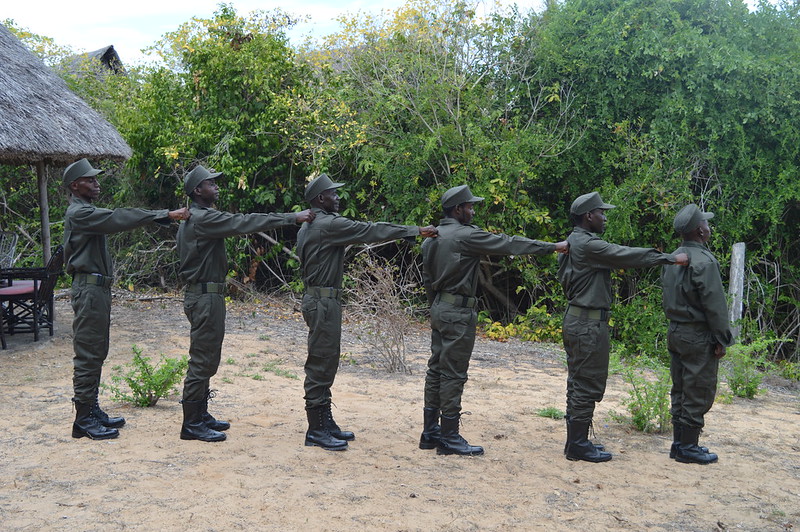Growing up, not too long ago, in the early 2000s, I remember a world full of quiet movement. Butterflies hovered over wildflowers. Ants marched along dusty footpaths. Grasshoppers leapt between tufts of grass.
I grew up in the quiet western part of Kenya, where nature wove itself into daily life in the most ordinary, beautiful ways.
Back then, the land still breathed. Small shrubs and wild plants grew freely along roadsides, at the edges of farms, and in forgotten corners of our compounds. Even as we tilled the soil and planted crops, we didn’t clear everything. Nature still had a foothold, and in return, it offered us colour, sound, and life.
But now, each time I return home, I notice how much has changed.
The land is bare-cleared, ploughed, tidied up. The small, “unimportant” plants that once filled the corners have vanished. So have the butterflies. The grasshoppers are gone too. Even the birds seem fewer now, their songs fainter.
At first, I wondered if it was just me, perhaps I was getting older, or visiting at the wrong time of year. But with time, I have come to realise this silence wasn’t imagined. It was real.
We’ve slowly pushed back the wild, cutting it away in the name of neatness, progress, productivity. And in so doing, we’ve made less room for the creatures that once shared our space.
This isn’t just nostalgia. It’s a warning.
When insects disappear, it signals that something deeper is out of balance. And I’m not the only one who’s noticed. Around the world, scientists have recorded dramatic insect declines. One major meta-study found that terrestrial insect populations fell by about 9% per decade between 1990 and 2018. In some parts of Europe, the biomass of flying insects has dropped by more than 75% since the late 1990s. In the United States, butterfly numbers fell by 22% between 2000 and 2020. Globally, researchers estimate that 30–40% of insect species may now be at risk of extinction.
This is more than a loss of beauty. It’s the erosion of life’s foundation.
Insects pollinate our crops, recycle nutrients, feed birds and bats, and hold food webs together. What I’ve observed in my home place is part of a wider pattern: when we clear every inch of land, we squeeze out the small creatures that sustain us, and in turn, we suffer the consequences.
Pollinators like bees, butterflies, and beetles are essential. They help plants reproduce, enrich the soil, and support countless other species. Yet many of these insects depend on native plants, the very ones we often call “weeds.” When we strip away every shrub and till every patch of land, we remove their homes, food, and breeding spaces.
So, what can we do?
As people of faith, we are not only called to use creation, we are called to care for it. Imagine setting aside just one corner of your land, on a farm, in a home garden, church grounds, or school, and letting it grow wild. Let the native shrubs return. Let wildflowers bloom. Watch as bees, butterflies, and birds begin to come back.
We may not own vast tracts of land, but each of us makes choices that shape the world around us. What if we made those choices with biodiversity in mind?
What if we stopped seeing wild plants as nuisances and started recognising their value? What if every home, school, church, and farm left just one patch of land untamed, not out of neglect, but out of care?
At A Rocha Kenya, we talk about Creation Care as a form of worship, a way to reflect God’s love for all He has made.
Leaving space for wildness may seem like a small act. But it’s also a powerful one. It’s a way of saying: this world is not ours to control, but ours to care for.
If you’re wondering where to start, begin with something simple. Leave that corner of your shamba (land) alone. Let the shrubs grow. Watch what comes back. Listen closely.
You might be surprised by what you see, and hear.
You might even spot a butterfly.
